The crowds are thinning out at the Smithsonian’s National Museum of African American History and Culture. I simply showed up on a recent Sunday afternoon and was able to walk in (in theory this is possible only on weekdays in the off season).
The most prominent funders of the museum are white do-gooders:
And they are challenging stereotypes by serving fried chicken and collard greens in the cafeteria:
Slavery is presented as something that white Europeans did to African blacks. This sign regarding Olaudah Equiano is about as close as the museum ever gets to noting that black Africans were predominantly captured and sold into slavery by fellow black Africans and/or Arabs.
The museum confidently presents an economic history in which black labor is the basis of American wealth:
The Smithsonian does not explain how it is possible that enslaved blacks generated most American wealth and yet the South was much poorer than the North, to the point that it lost a war where the defense had a big advantage.
Suppose that the $250 million number for the value of cotton produced by slaves in 1861. A guesstimate of U.S. GDP at the time was $4.6 billion (source, in which it is noted that the $8.3 billion number for 1869 might be good, but earlier numbers are extrapolations).
Also, if slaves guarantee long-term wealth, why aren’t the other parts of the world that had a lot of slaves in the mid-19th century very rich today?
Most of the exhibits consist of “artifact plus explanatory written sign” that would have been familiar to a visitor to the British Museum circa 1759. And the collection is actually kind of short on artifacts, so much of the experience becomes reading while standing in a crowd. Will this be compelling for visitors in 25 years after everyone has grown up wearing AR glasses?
That said, there are some cool artifacts. A Stearman open-cockpit biplane trainer used by the Tuskegee Airmen:
The most shocking revelation to me was that the future P-51 fighter pilots were also doing needlepoint:
A KKK hood from New York and Chuck Berry’s Cadillac:
An updated touch-screen lunch counter for sit-ins:
The museum explicitly notes that “the critical role played by women in the Civil Rights Movement has not received enough recognition,” that attention should be paid to a “black lesbian feminist group,” and that the Third World Women’s Alliance “encouraged women to recognize their ‘triple jeopardy’: racism, imperialism, and sexism.”
After telling visitors that women are important, the museum shows that one man’s achievements far exceed those of all women collectively:
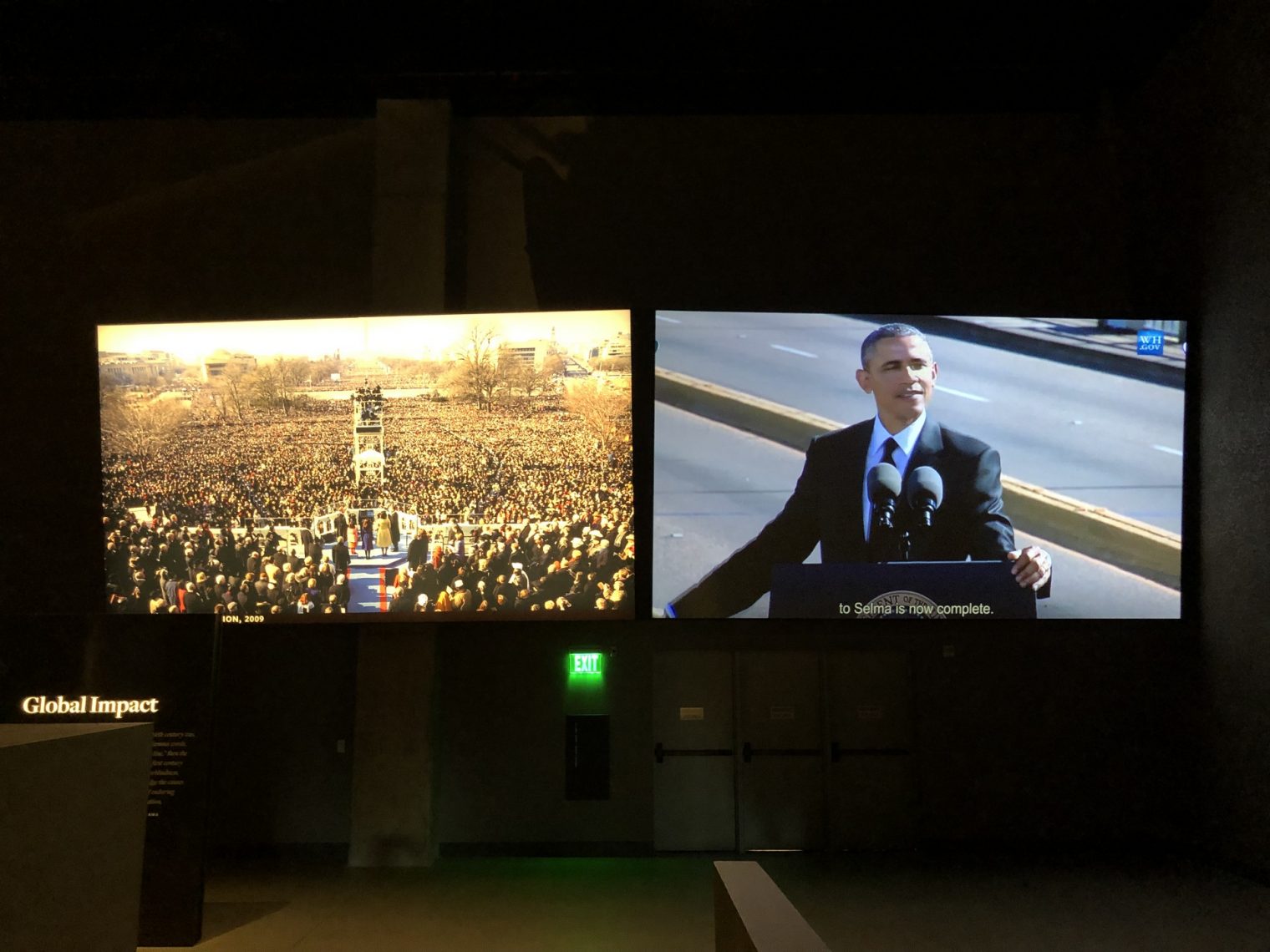
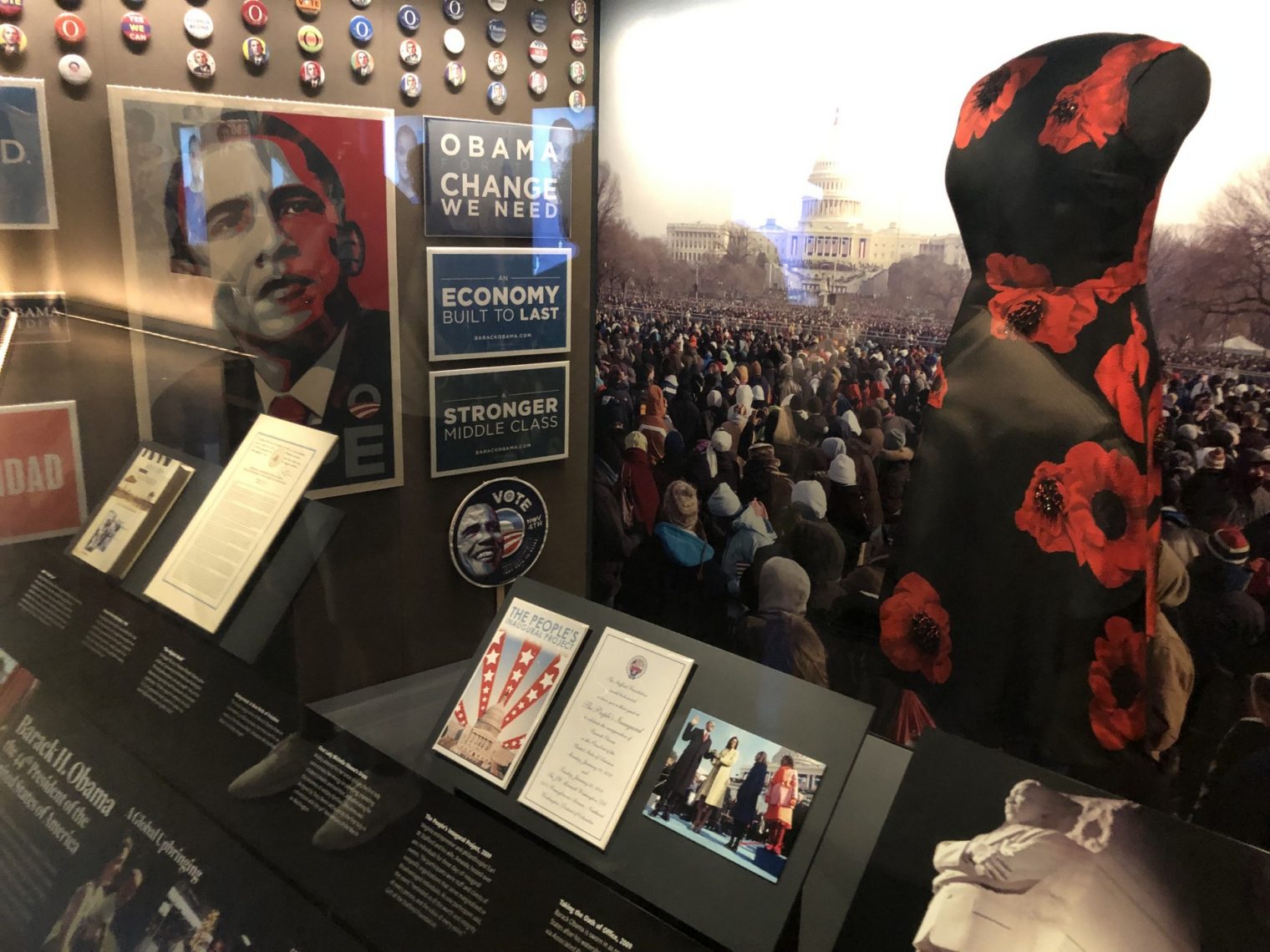
The shrine to Barack Obama, whose connection to formerly enslaved African Americans is never explained, continues in the bookstore:
A giftshop section “Because of Her Story” does not come close to tilting the scales in favor of women against Barack Obama:
(Unrelated, but fun:
)
Does black gay man beat black straight woman in the Victimhood Order of Hands? If so, the museum is ready:
African Americans are the group whose prosperity is most injured by low-skill immigration (Harvard study) and the museum notes that “Caribbean immigration increased 1,000 percent from 50 years earlier.”
(Result: lower wages, but some awesome calypso albums.)
The art museum part of the museum has some great pieces that are conventionally organized and presented:
The first African American to star in a TV drama is a challenge for the curators:
Fortunately, we will always have Oprah:
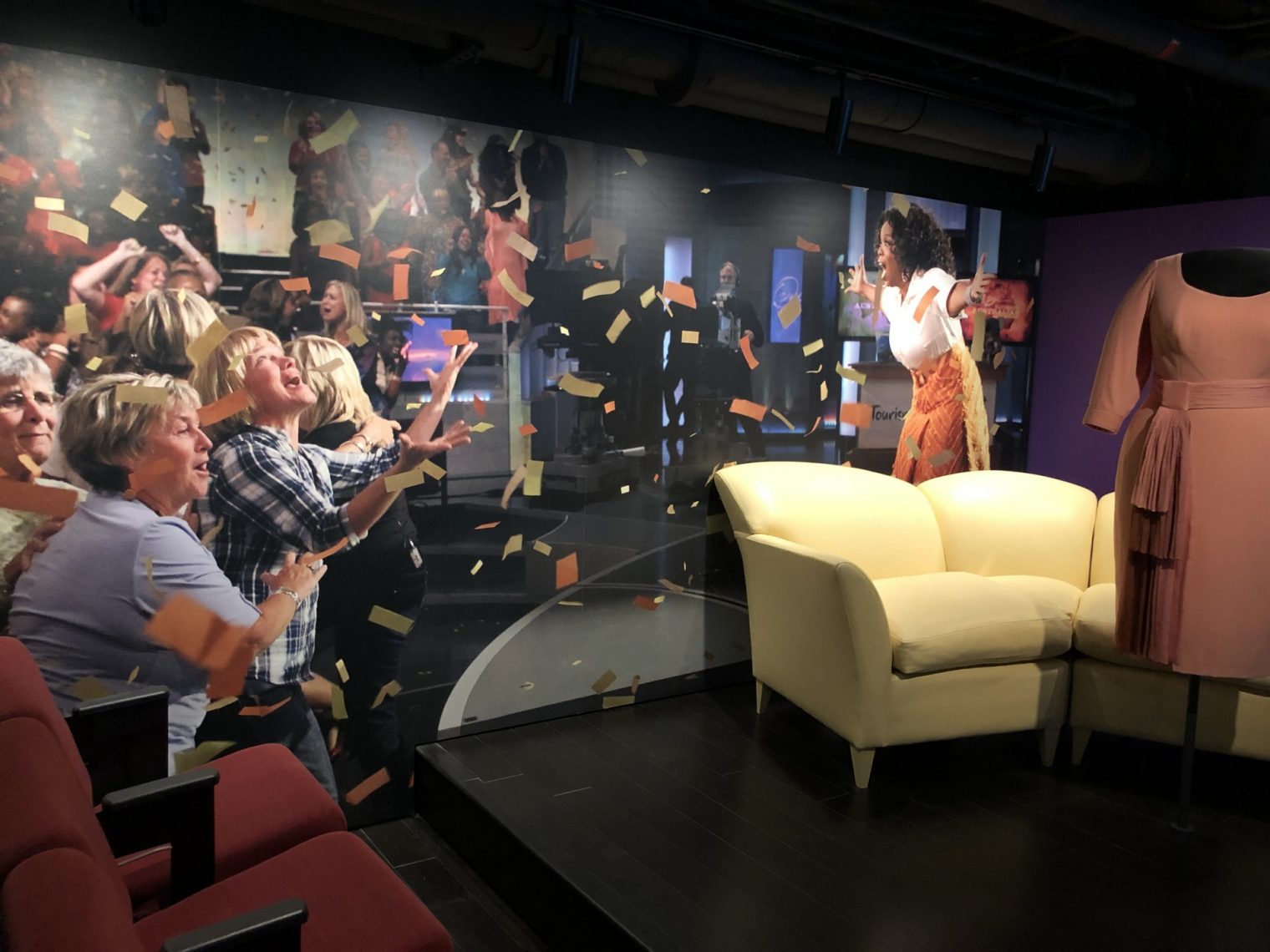
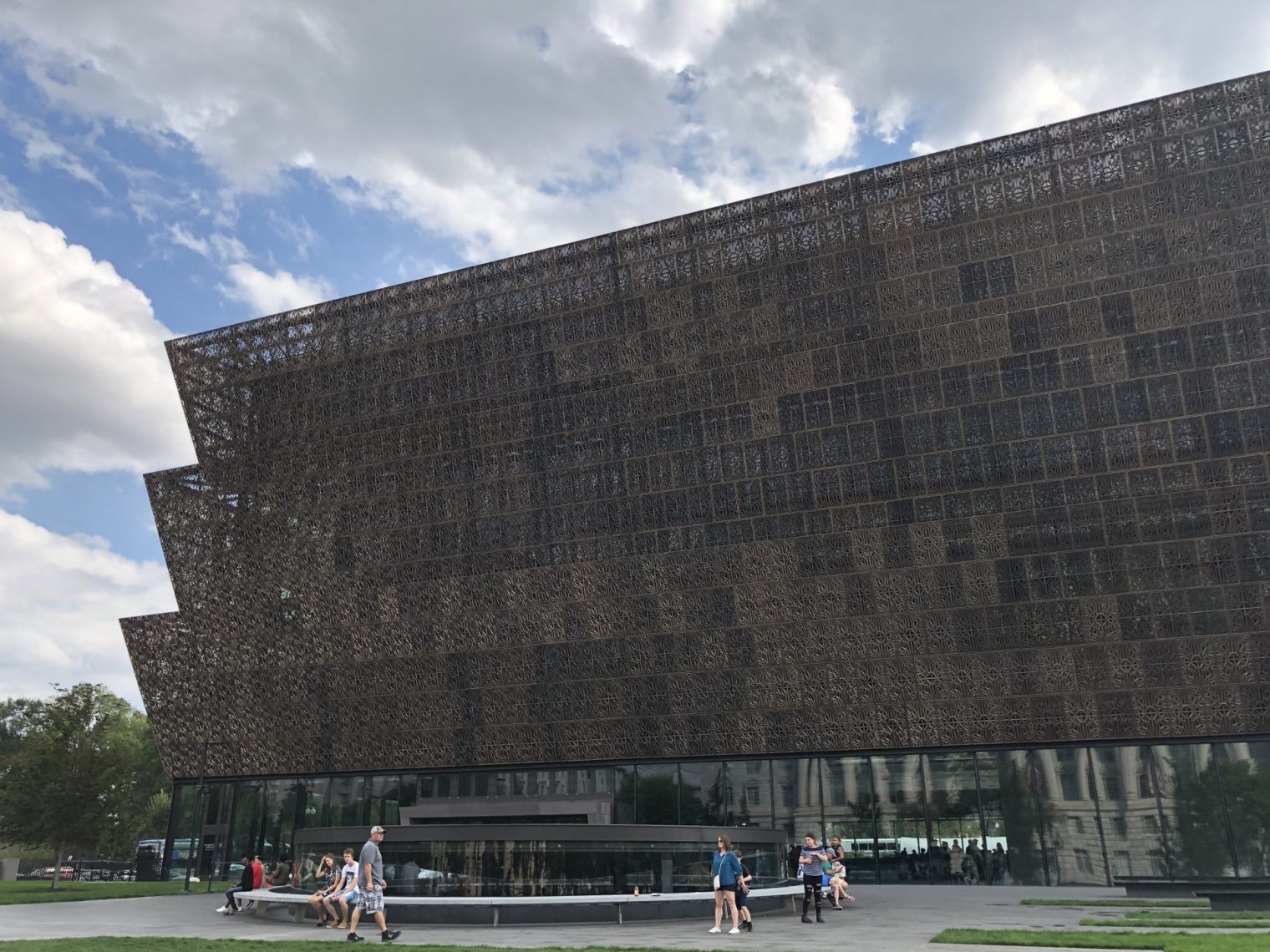

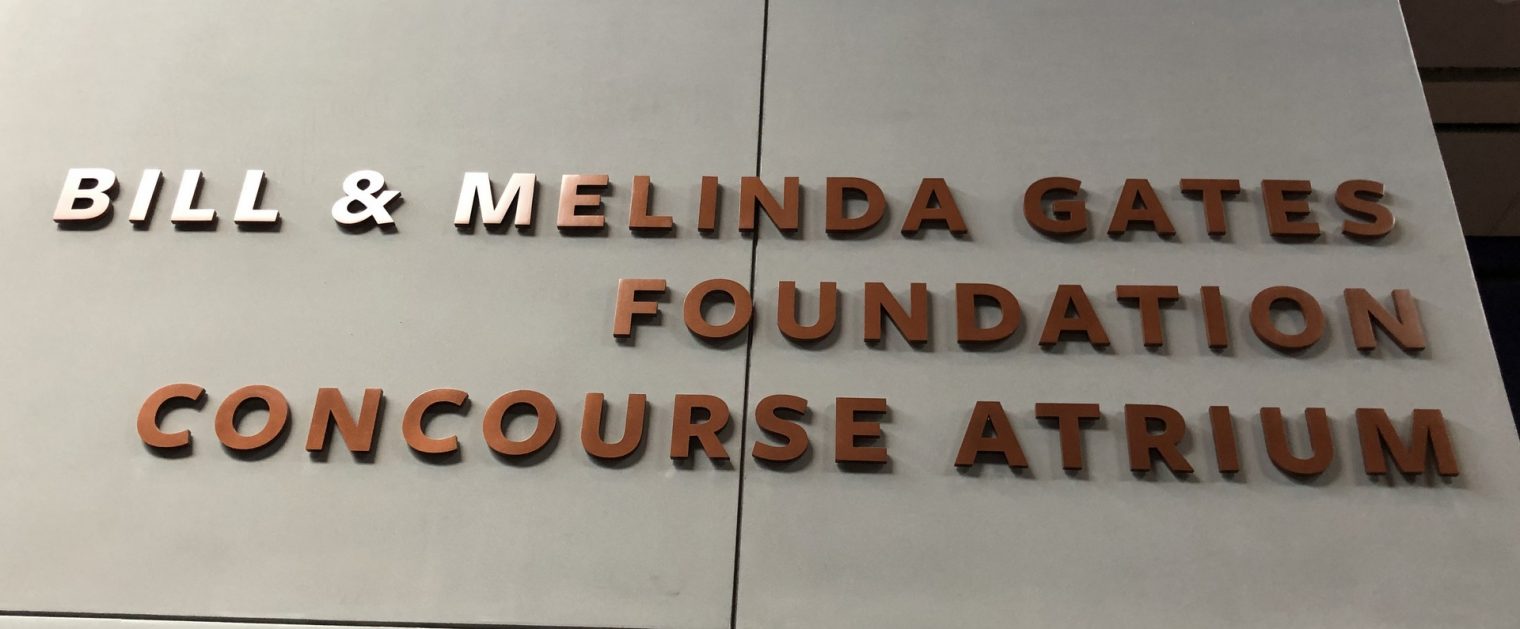


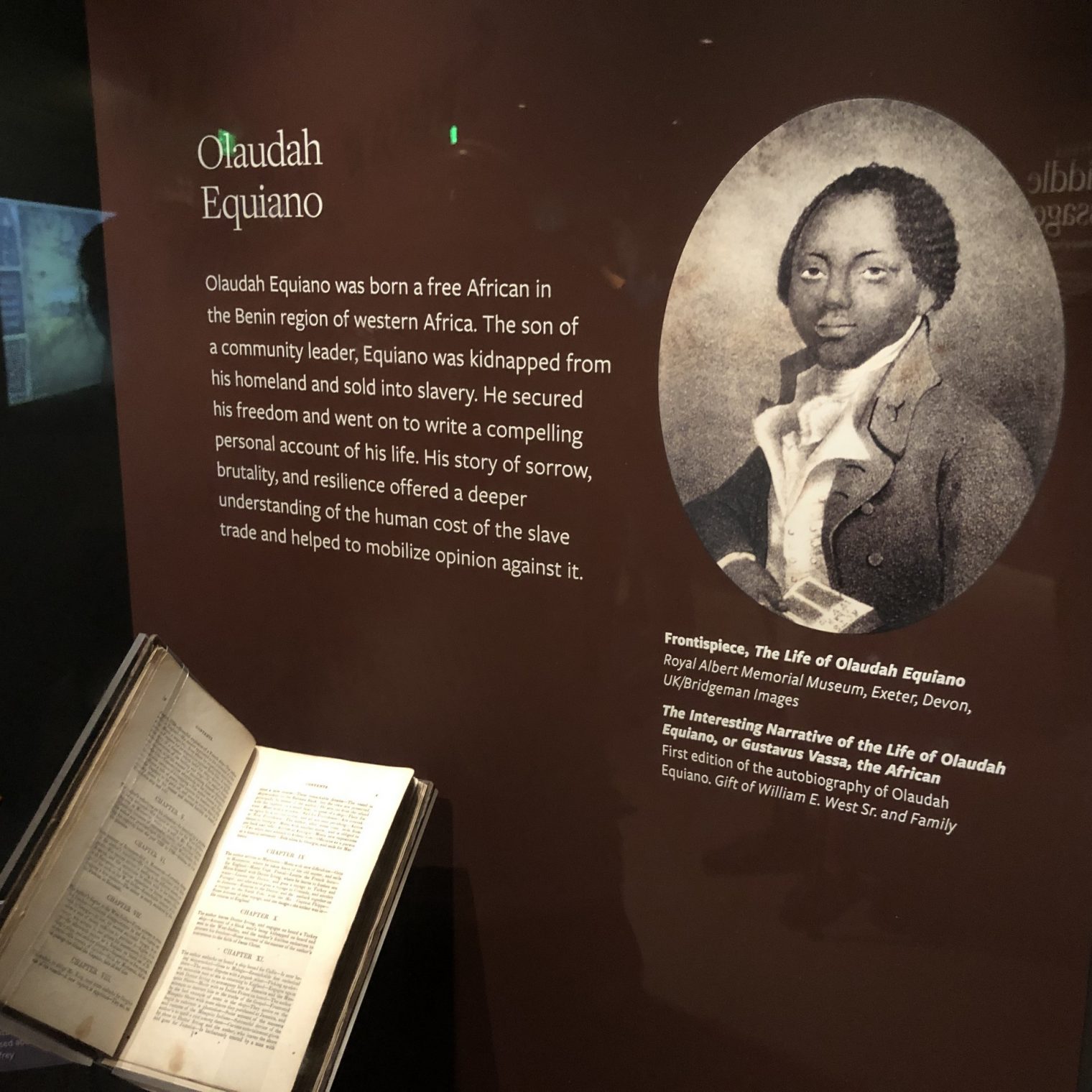
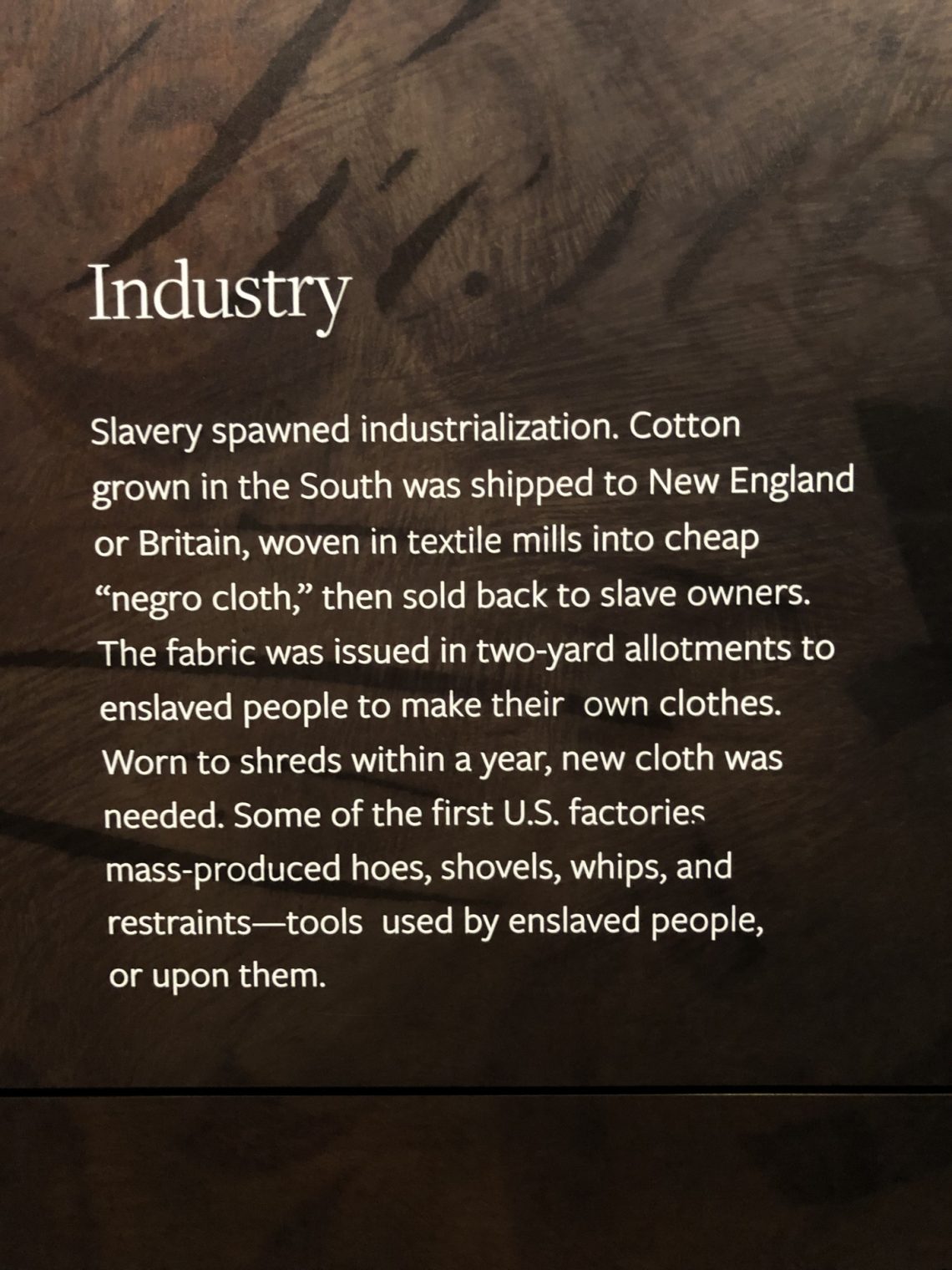

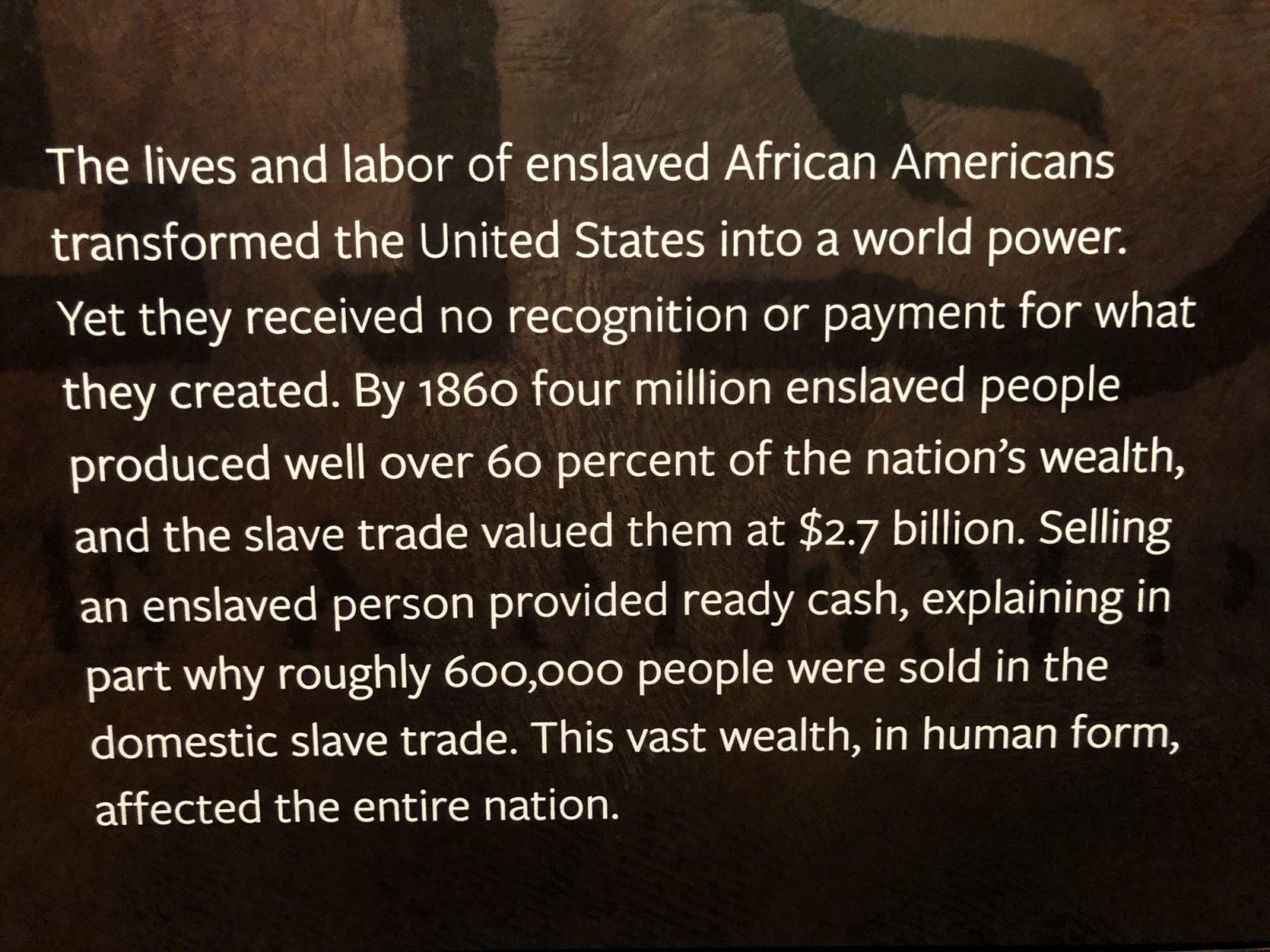


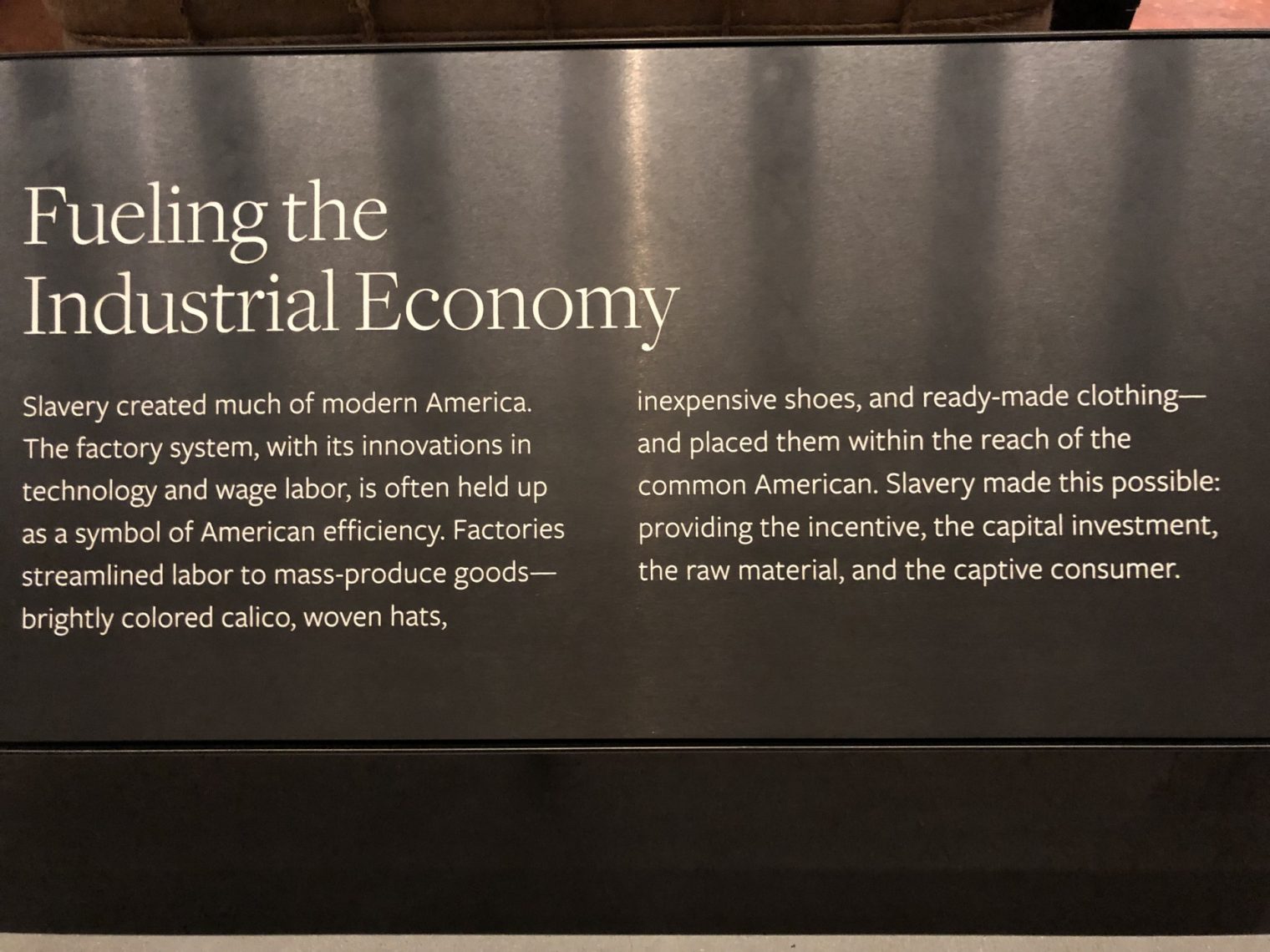
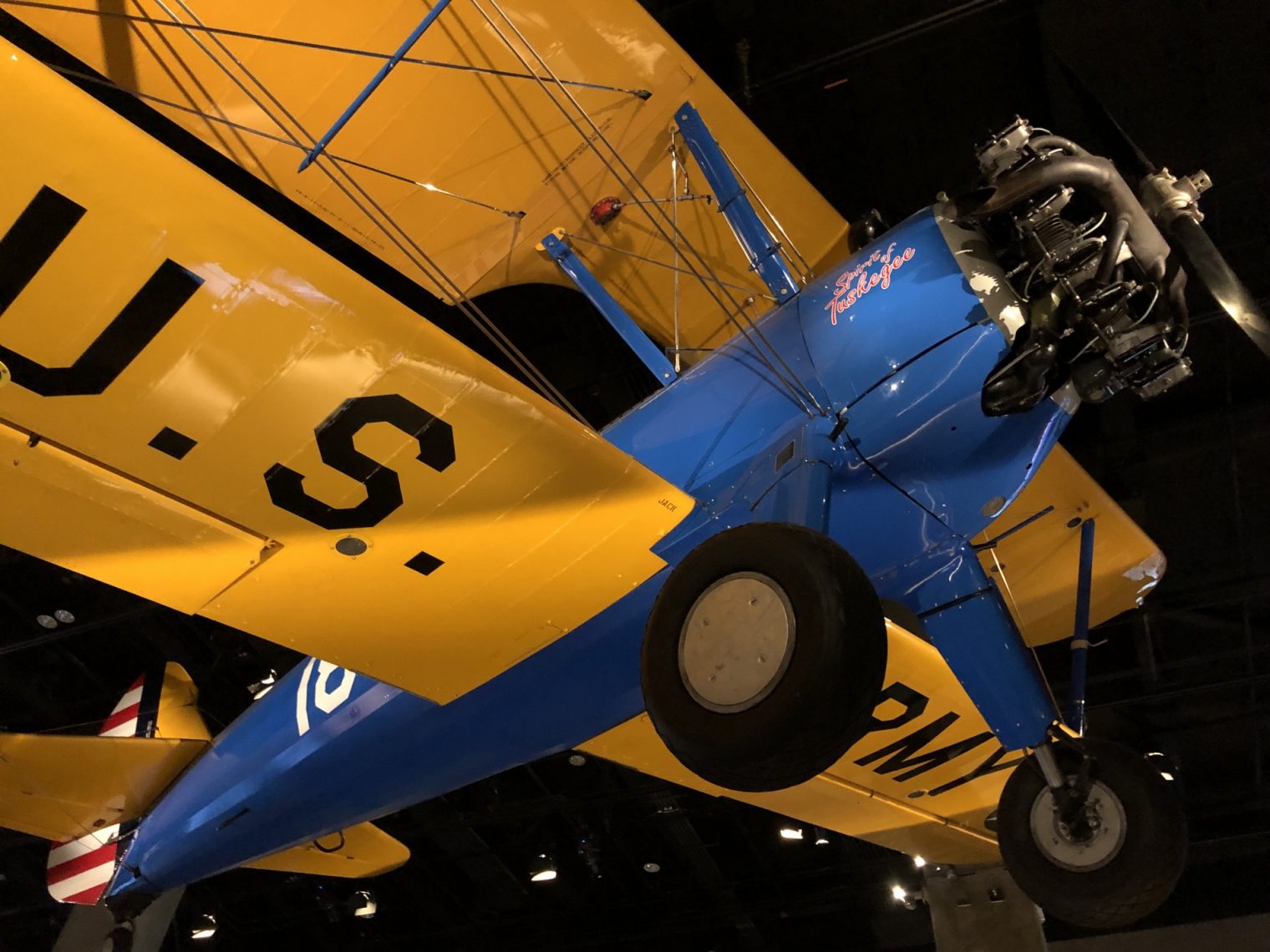
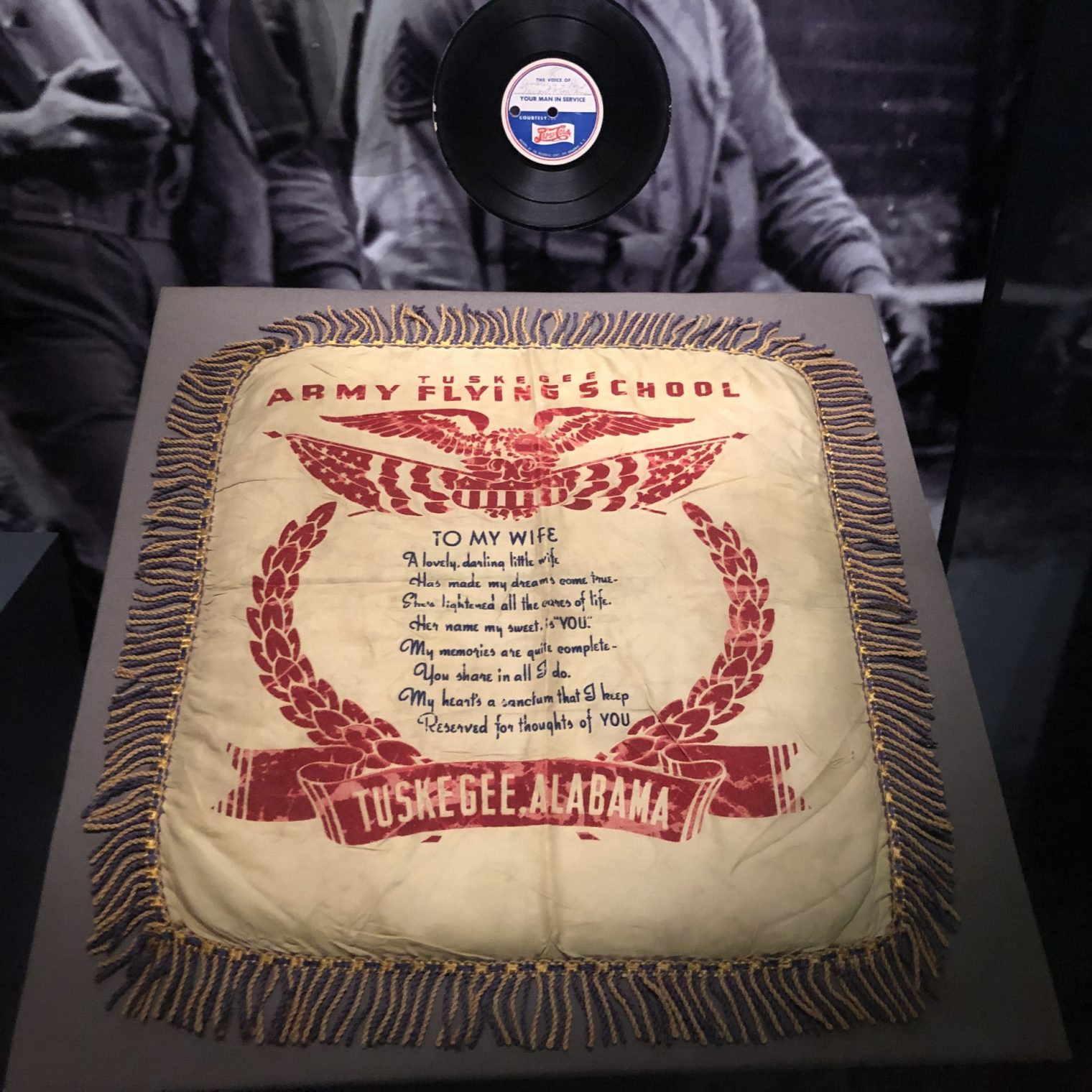
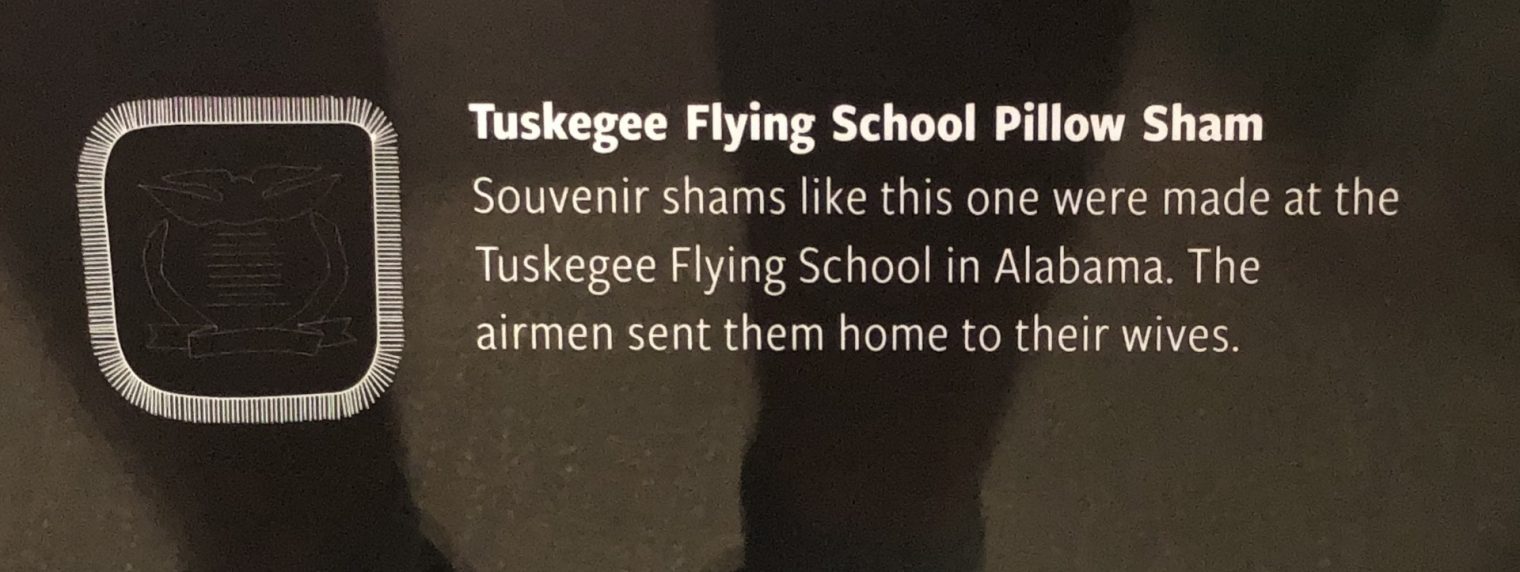
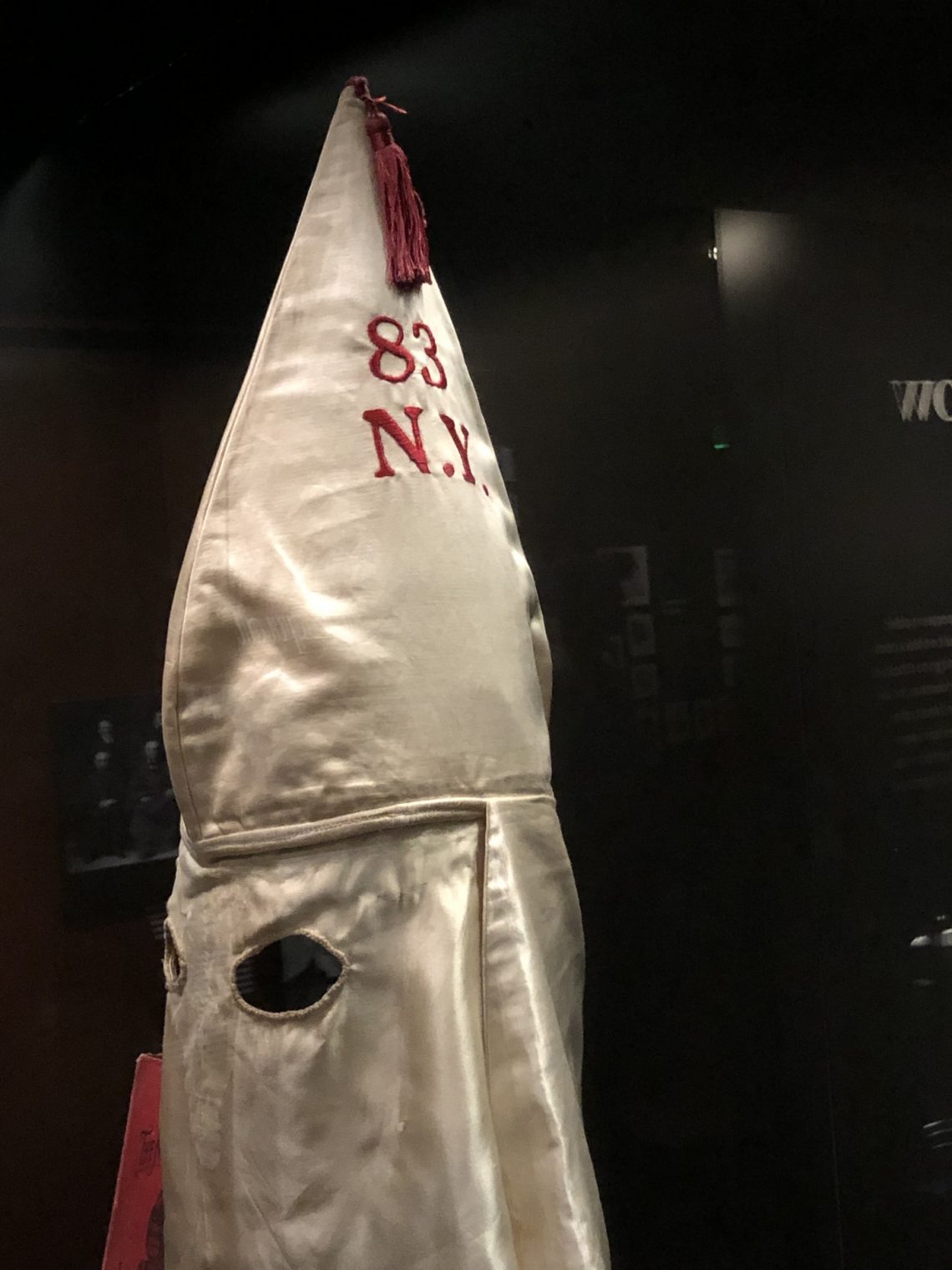

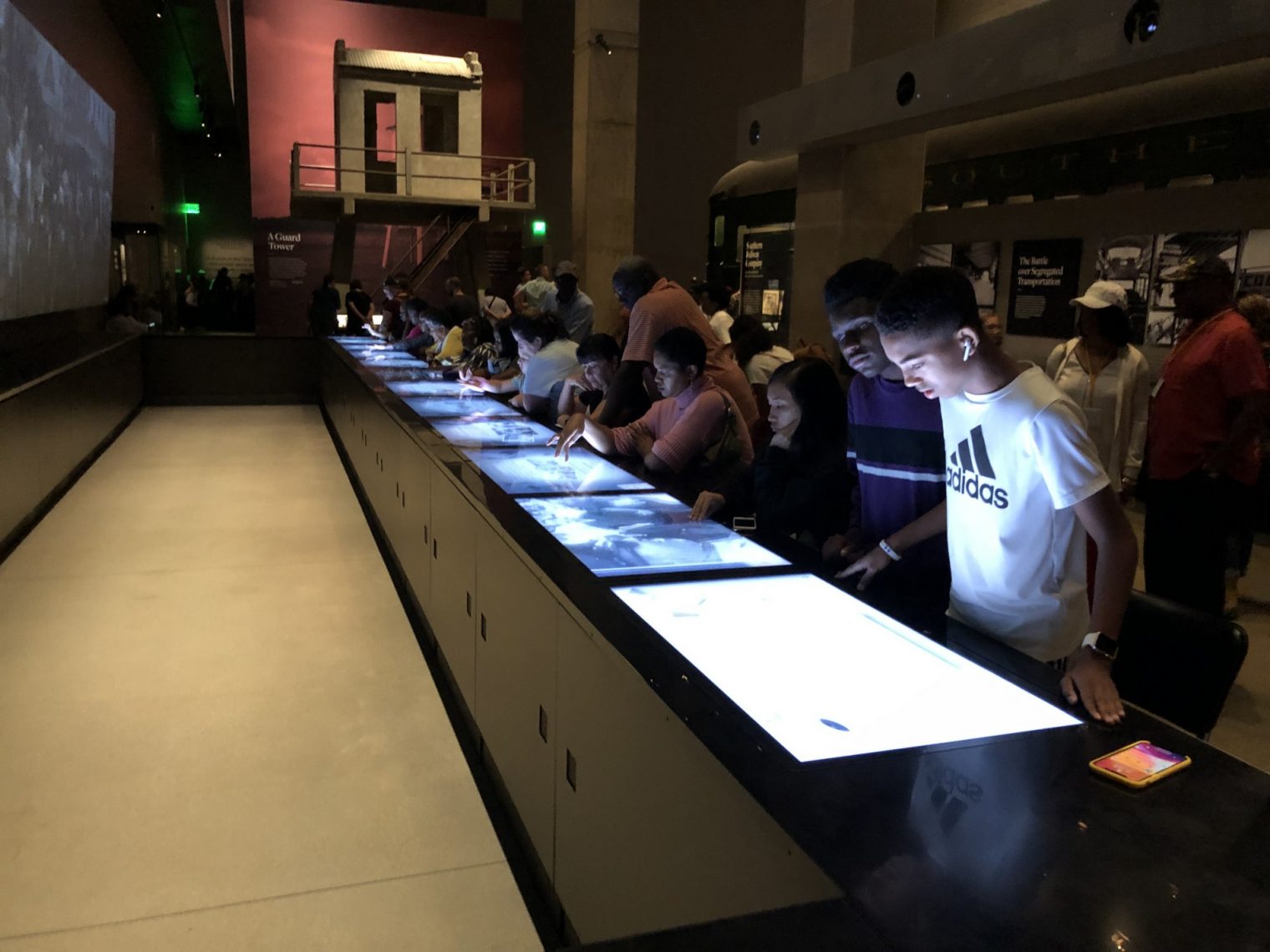
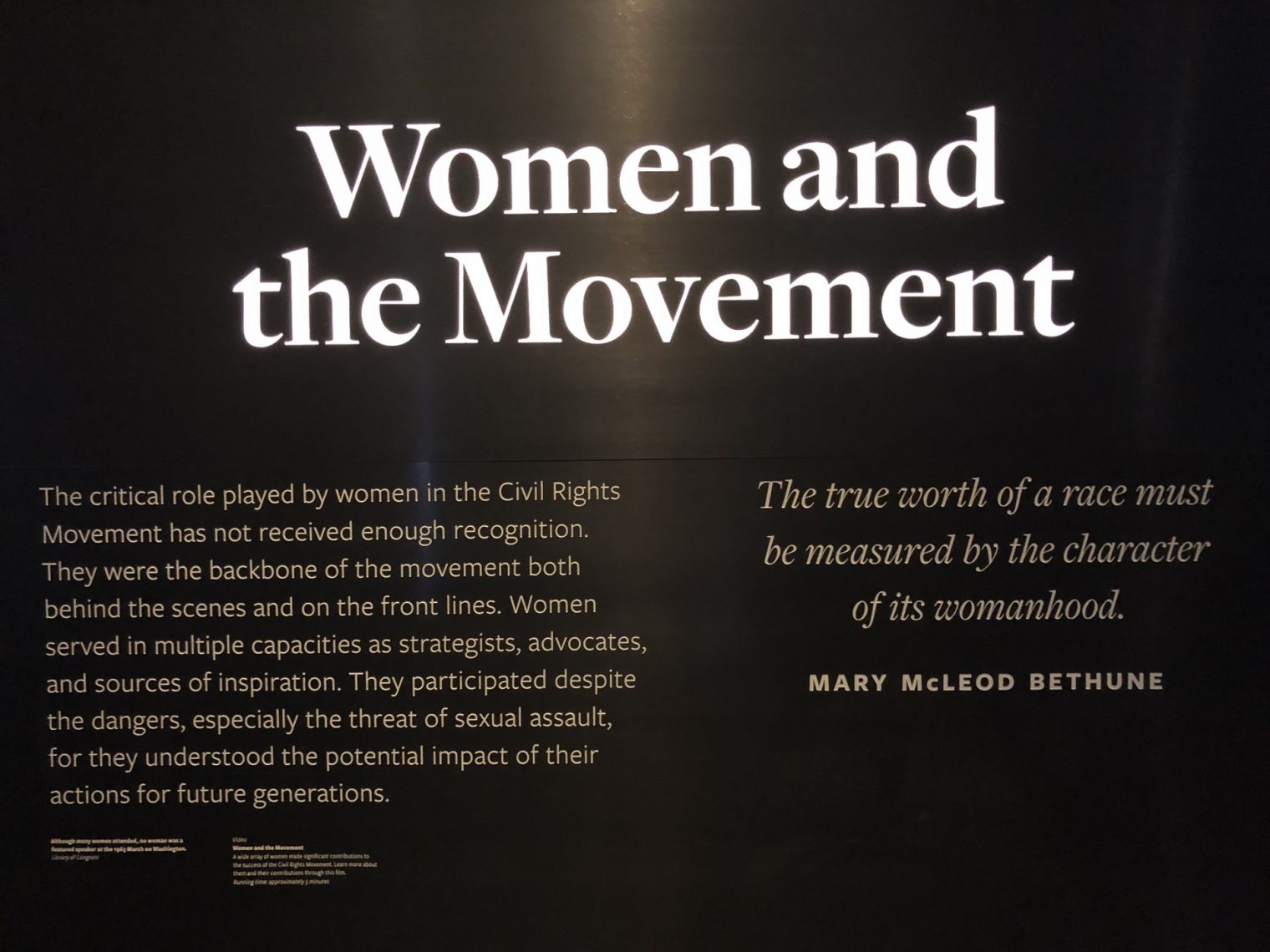
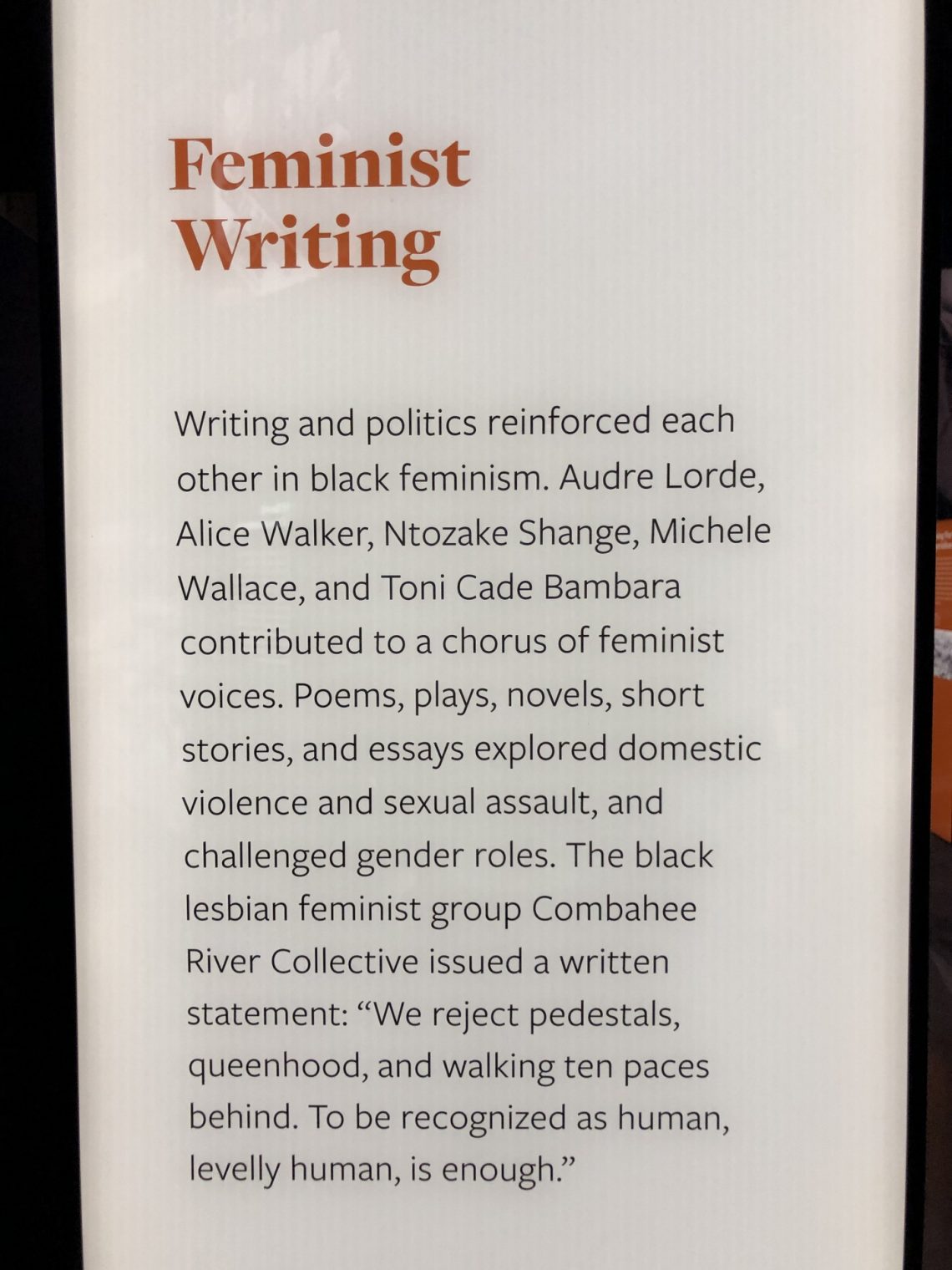
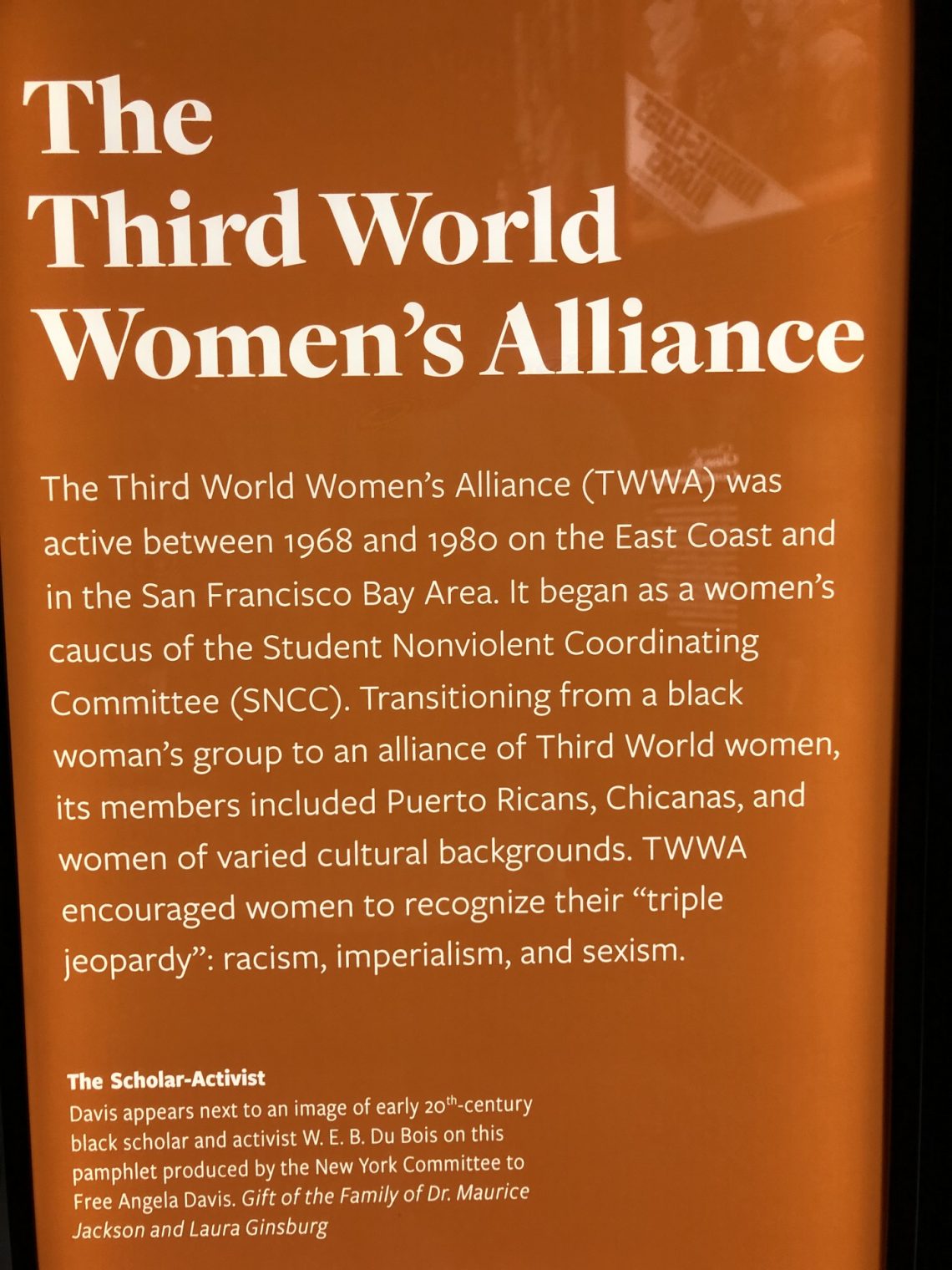
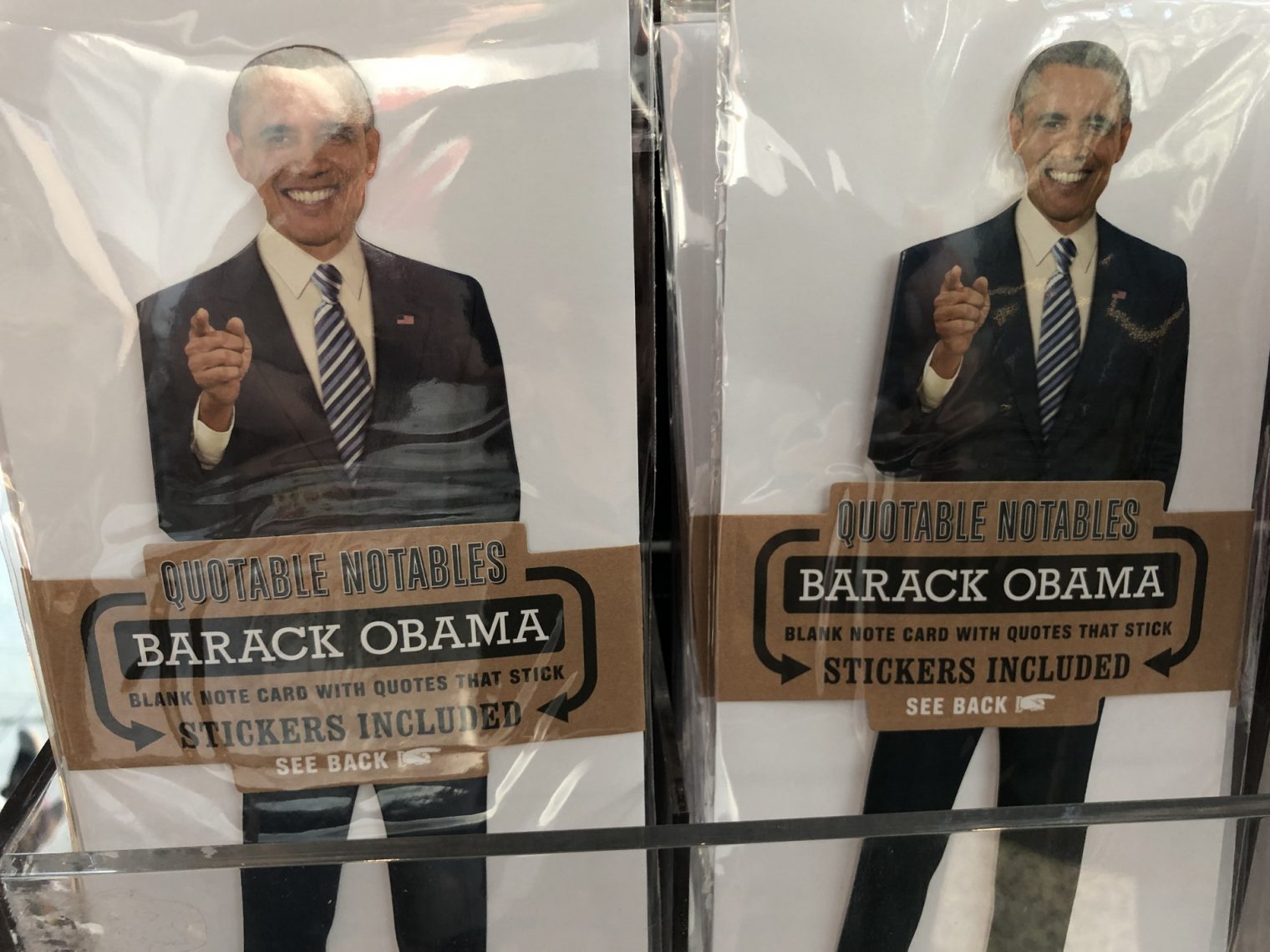
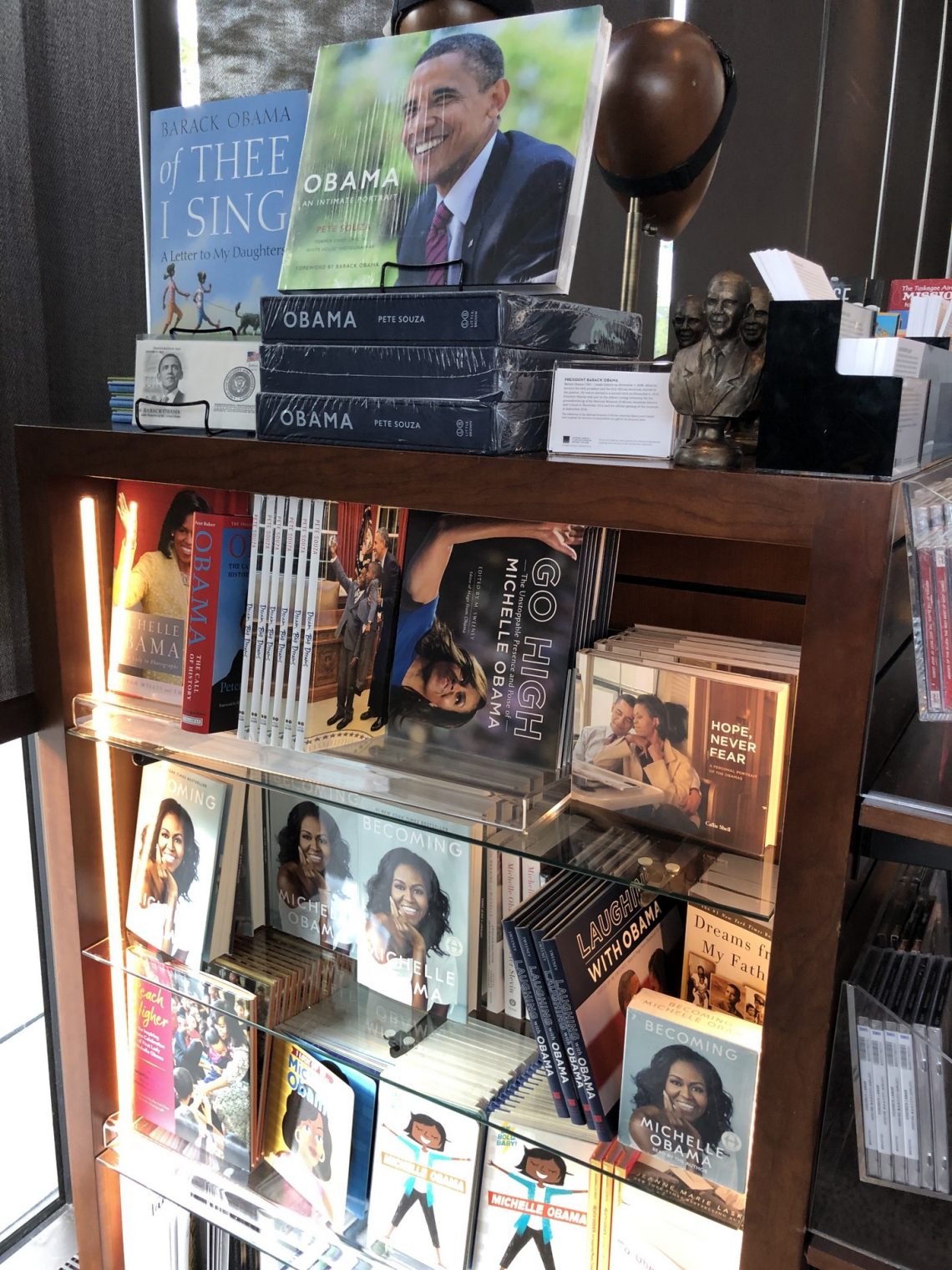
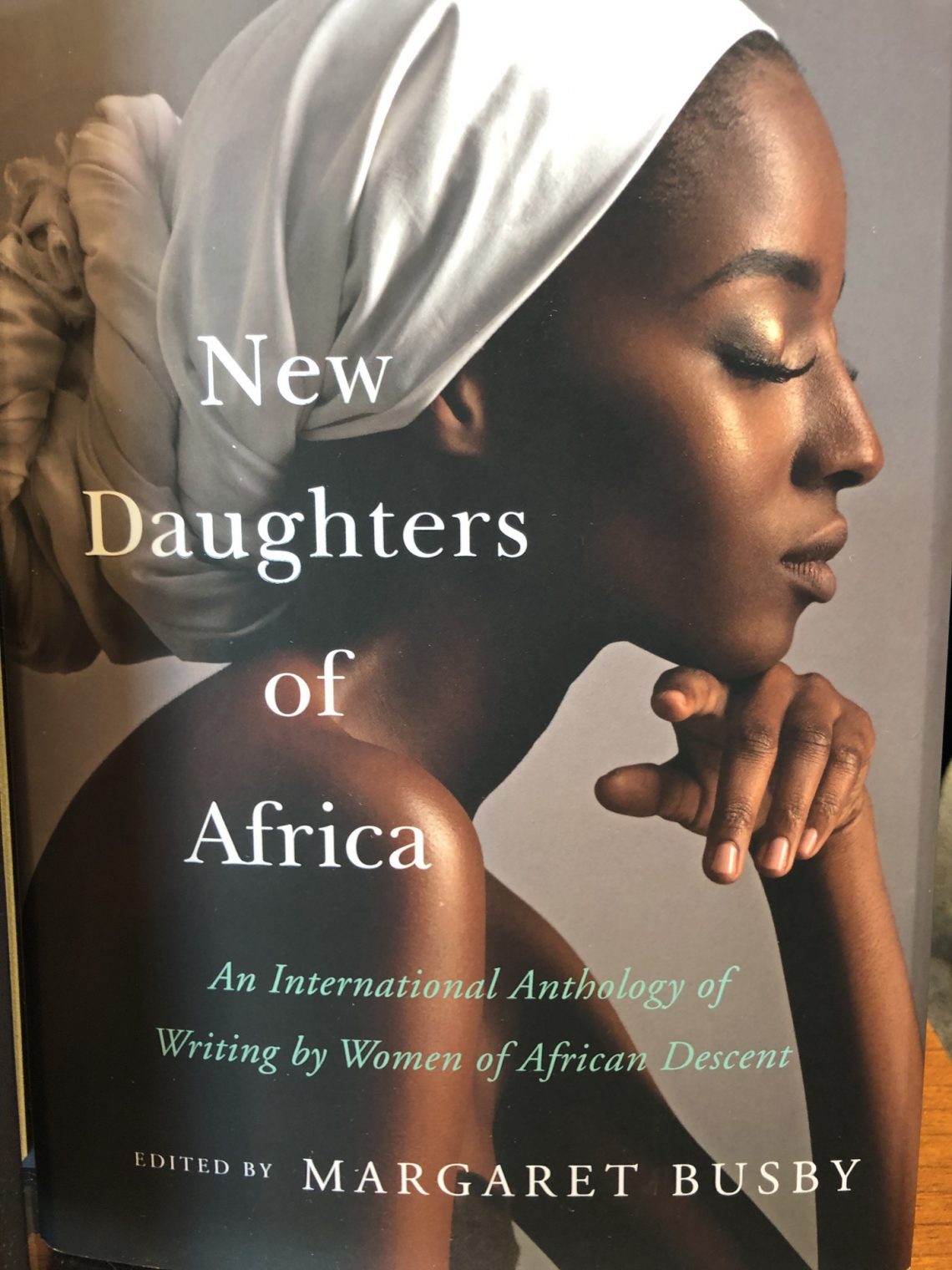
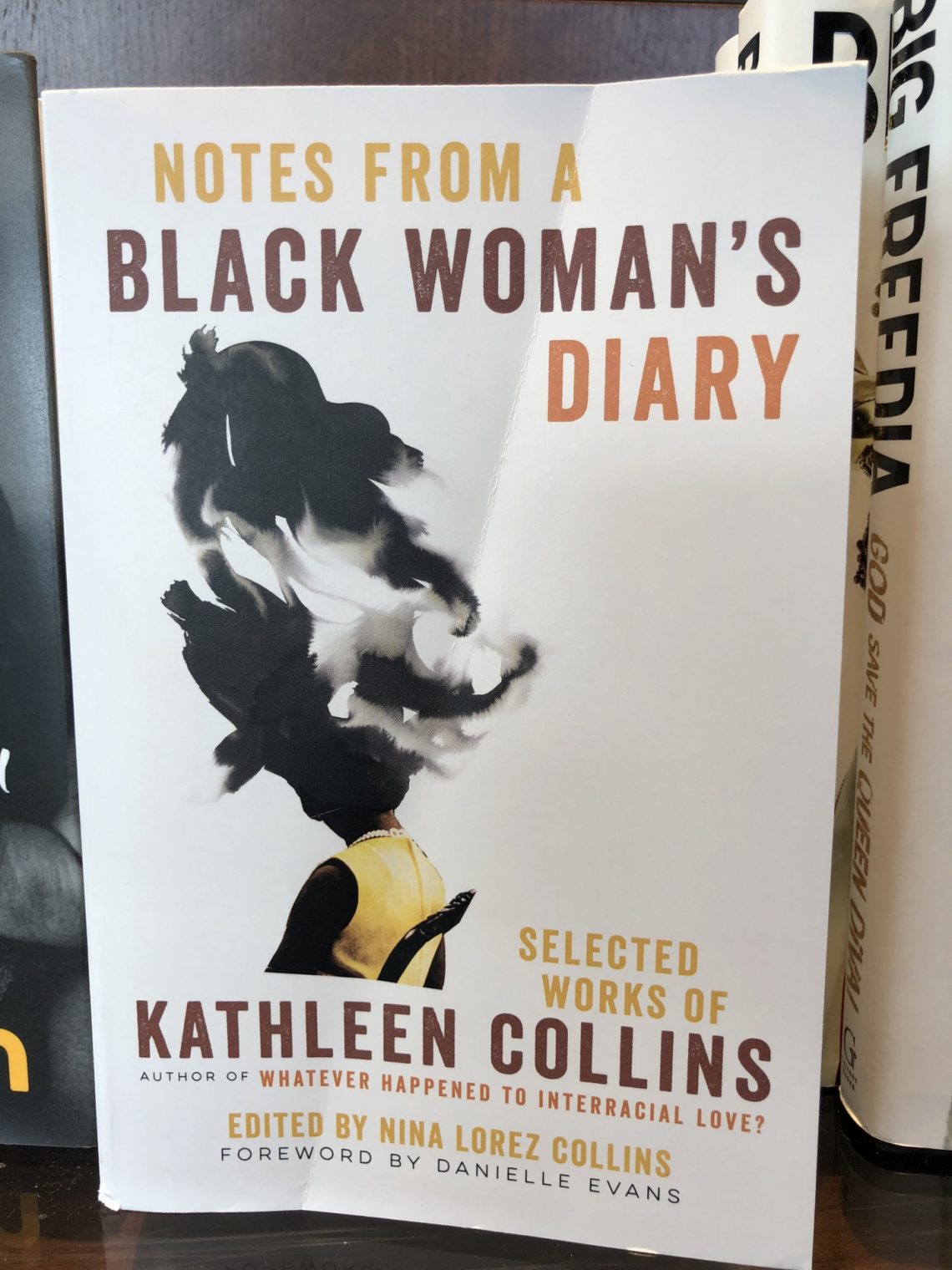
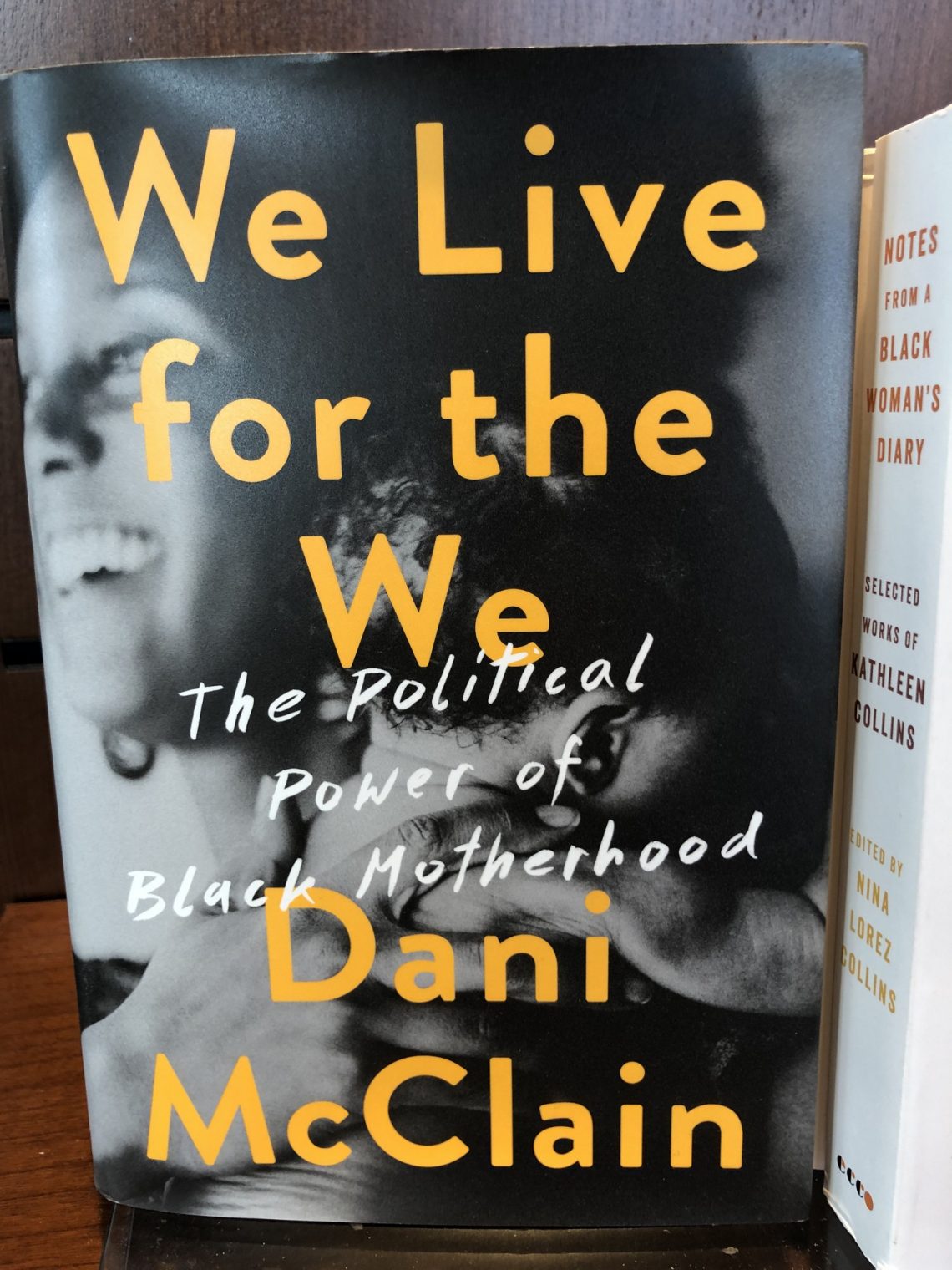
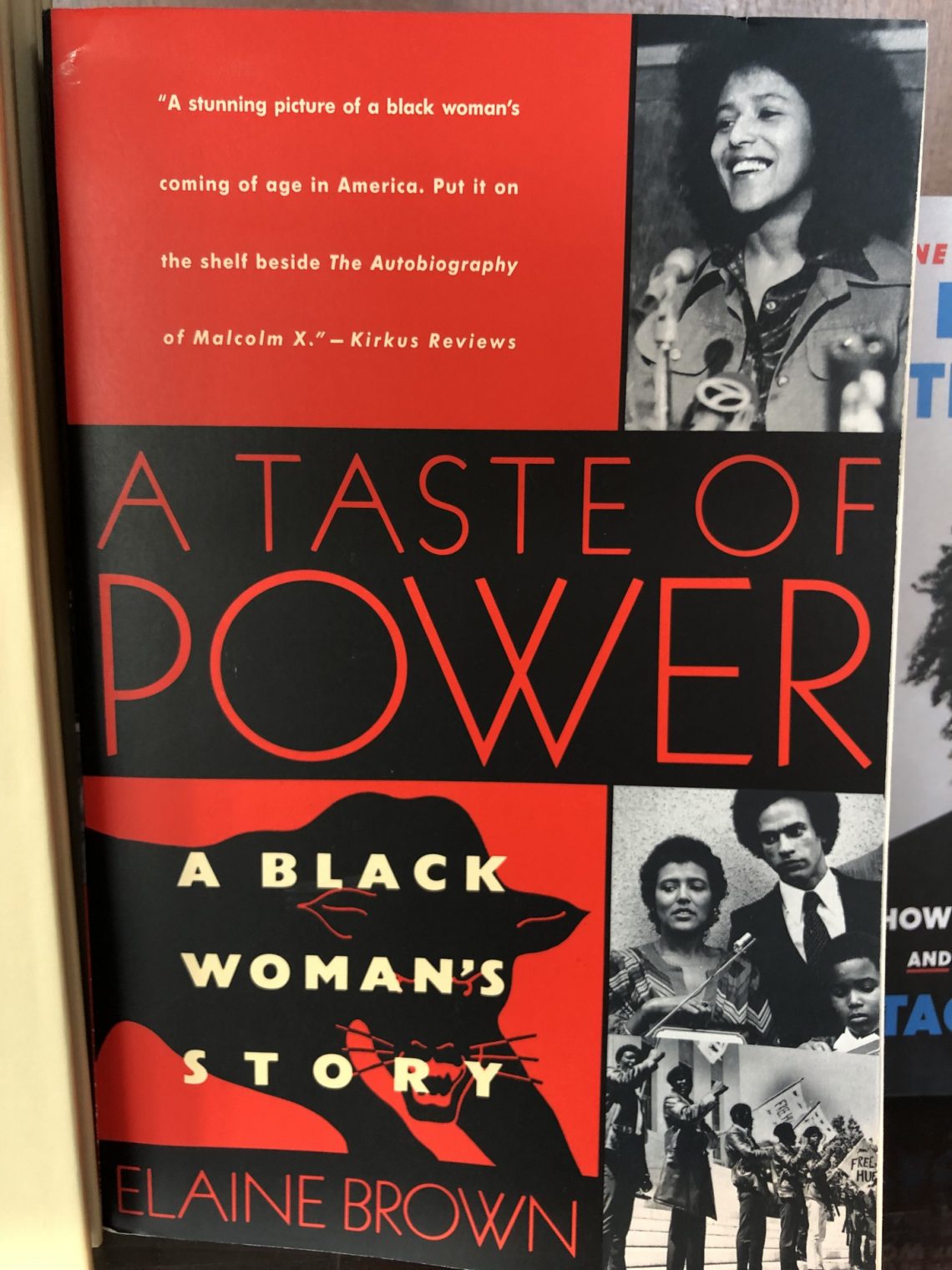
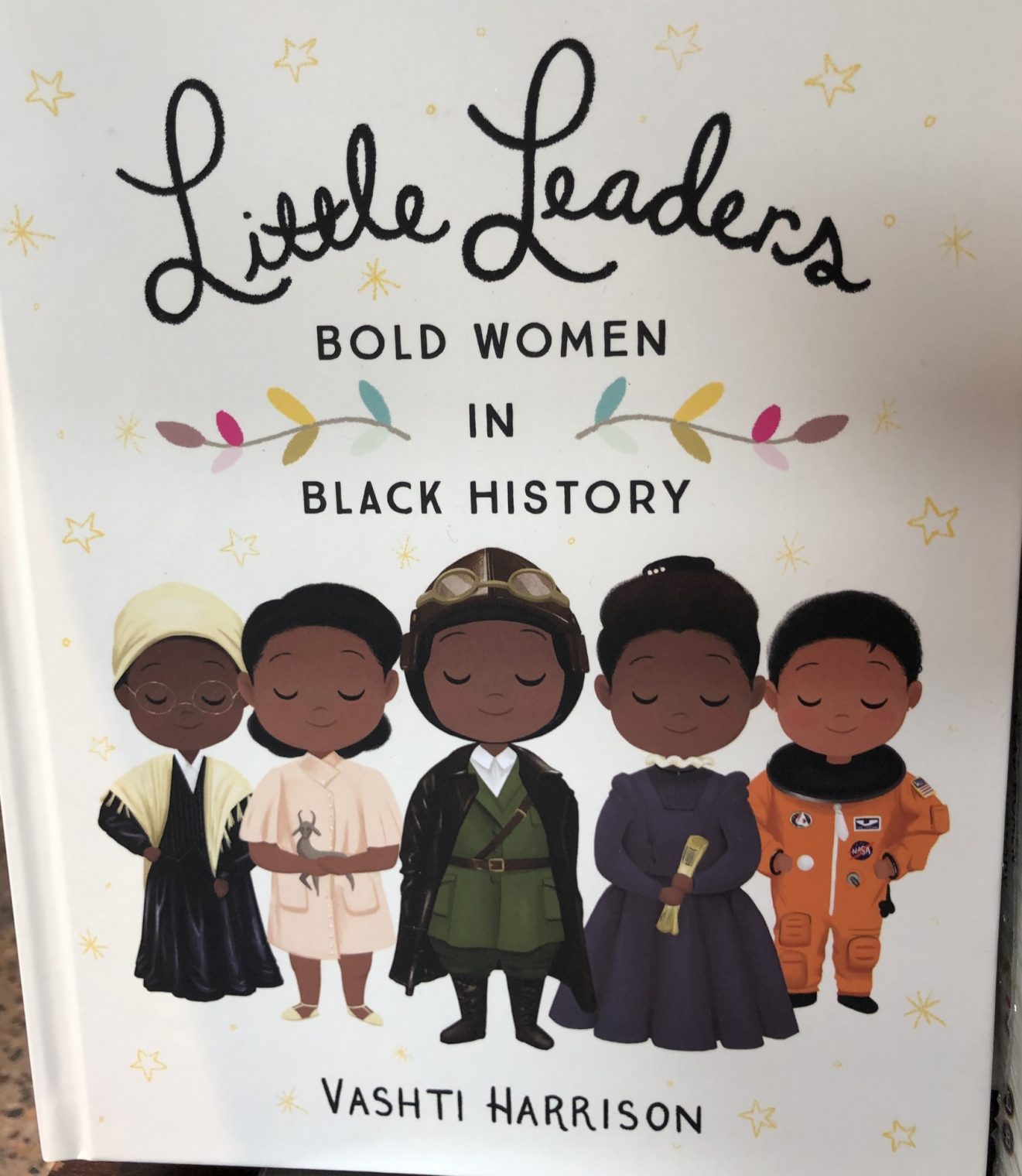
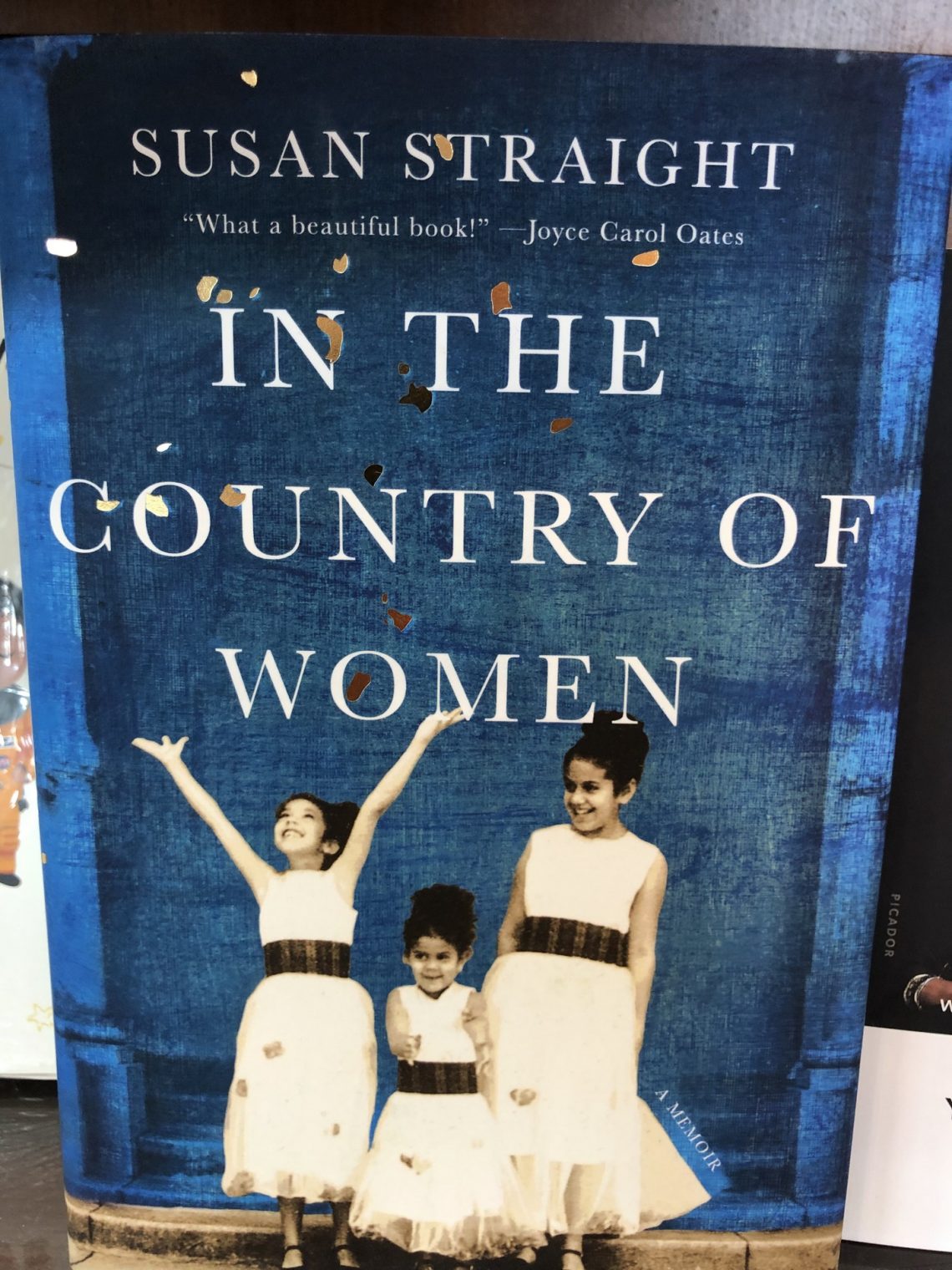
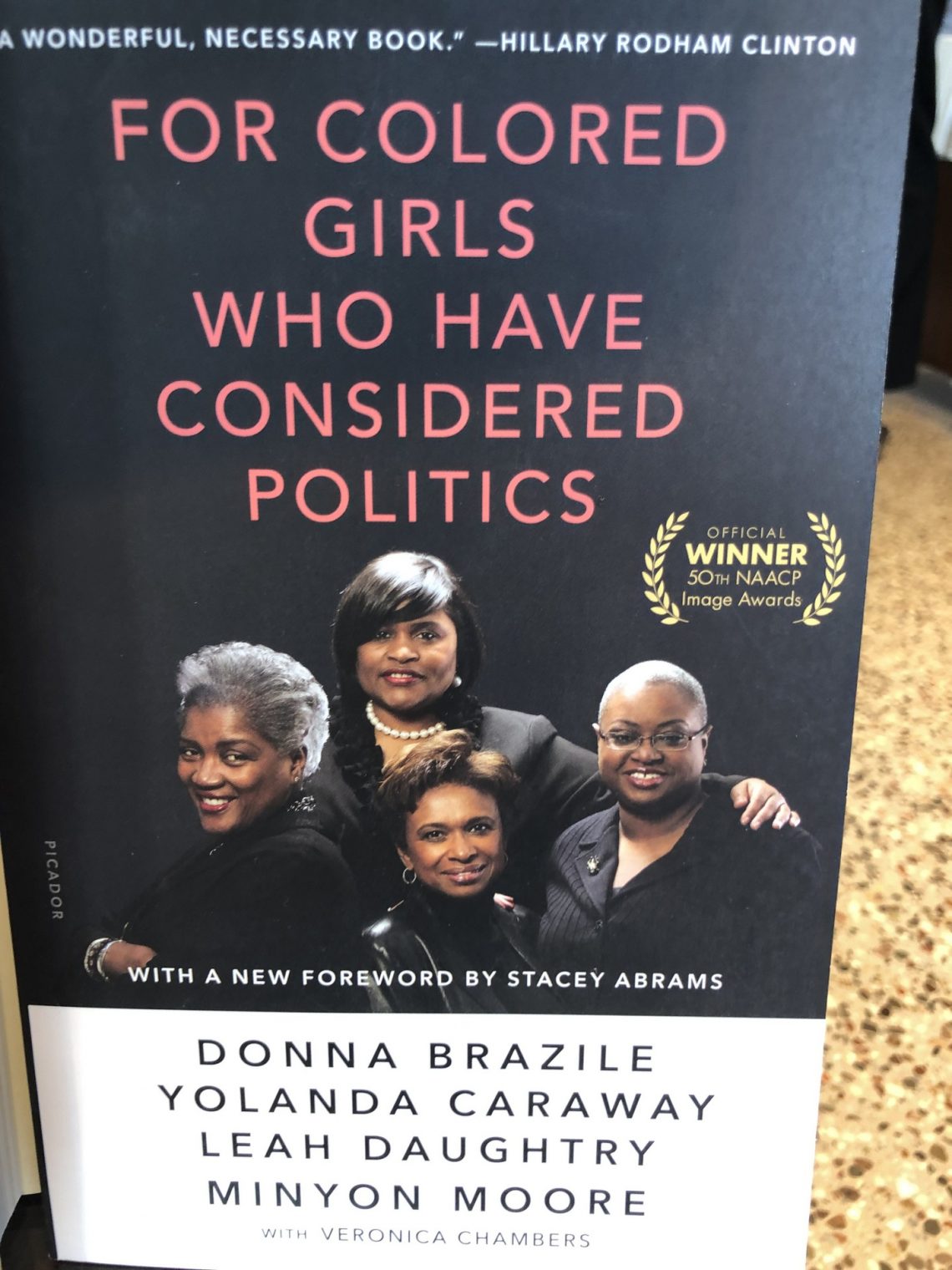
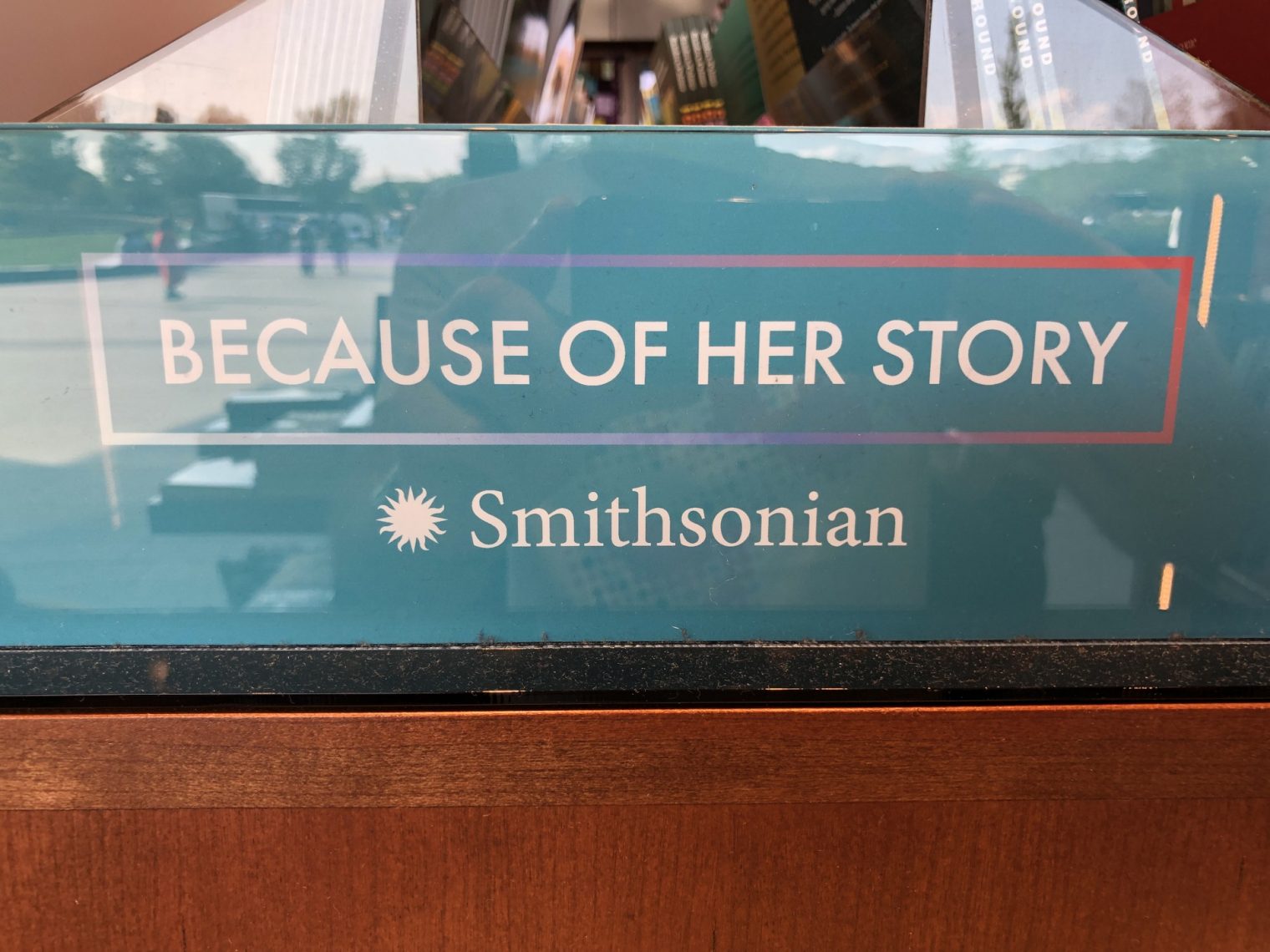
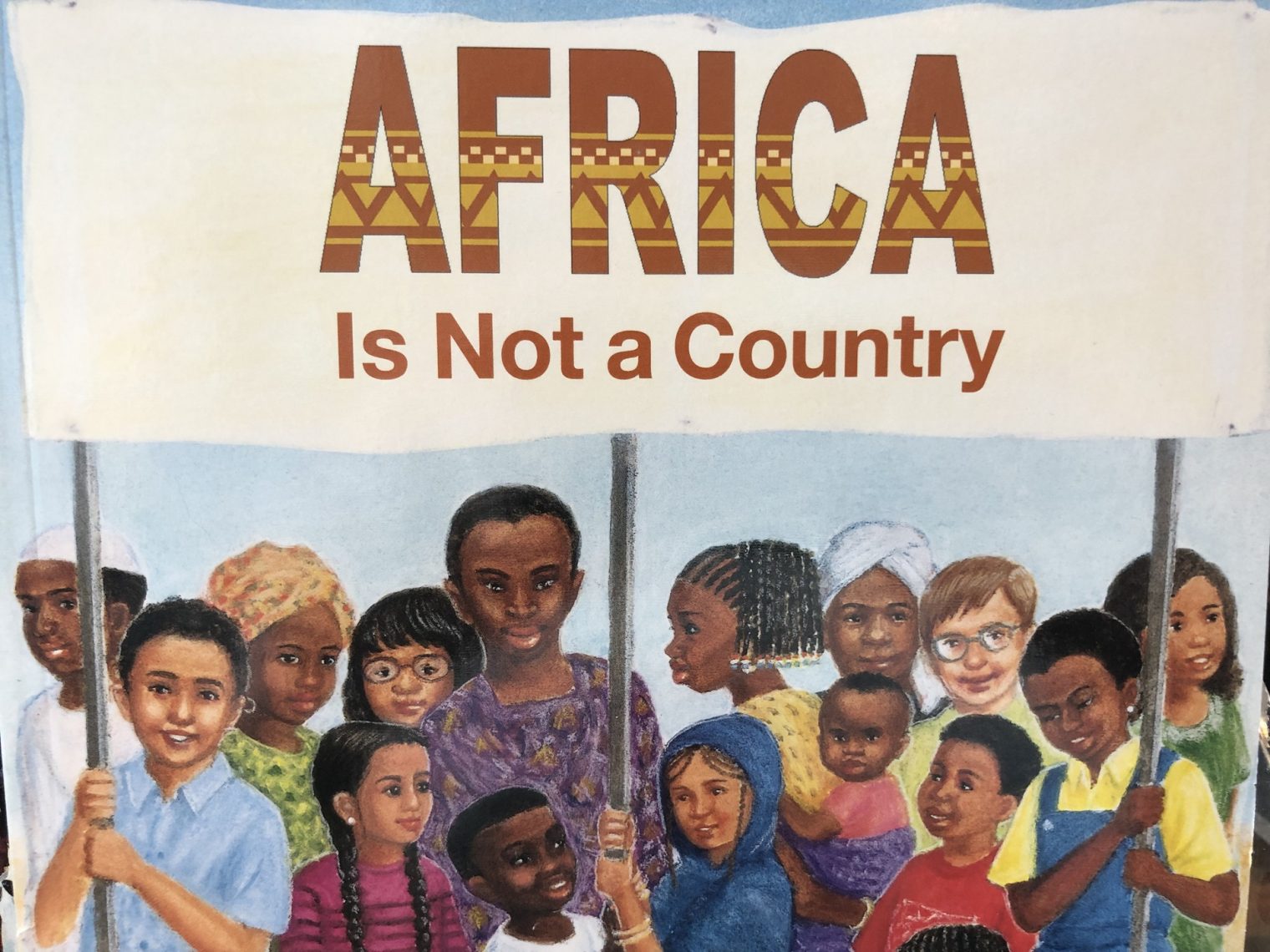
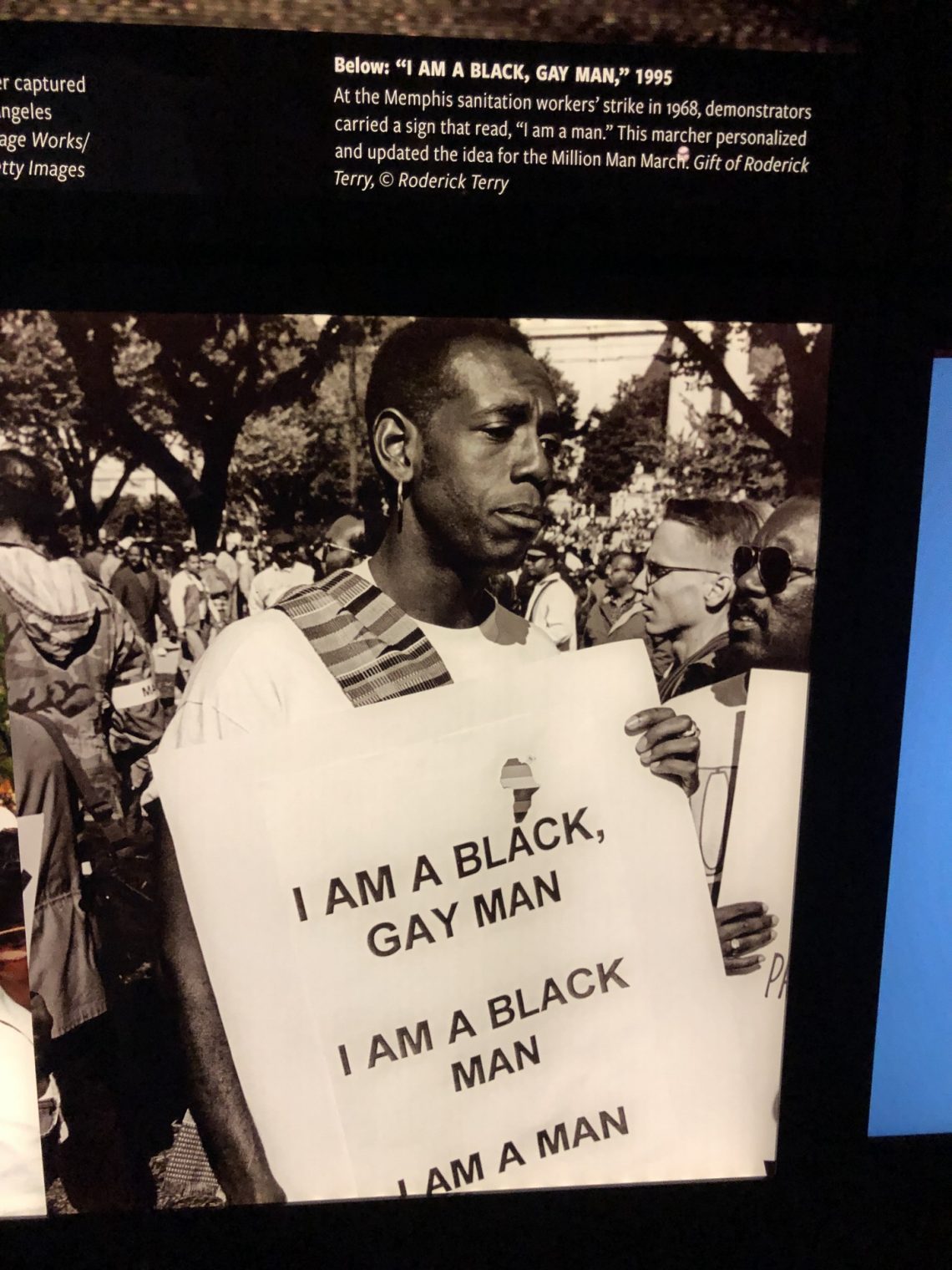
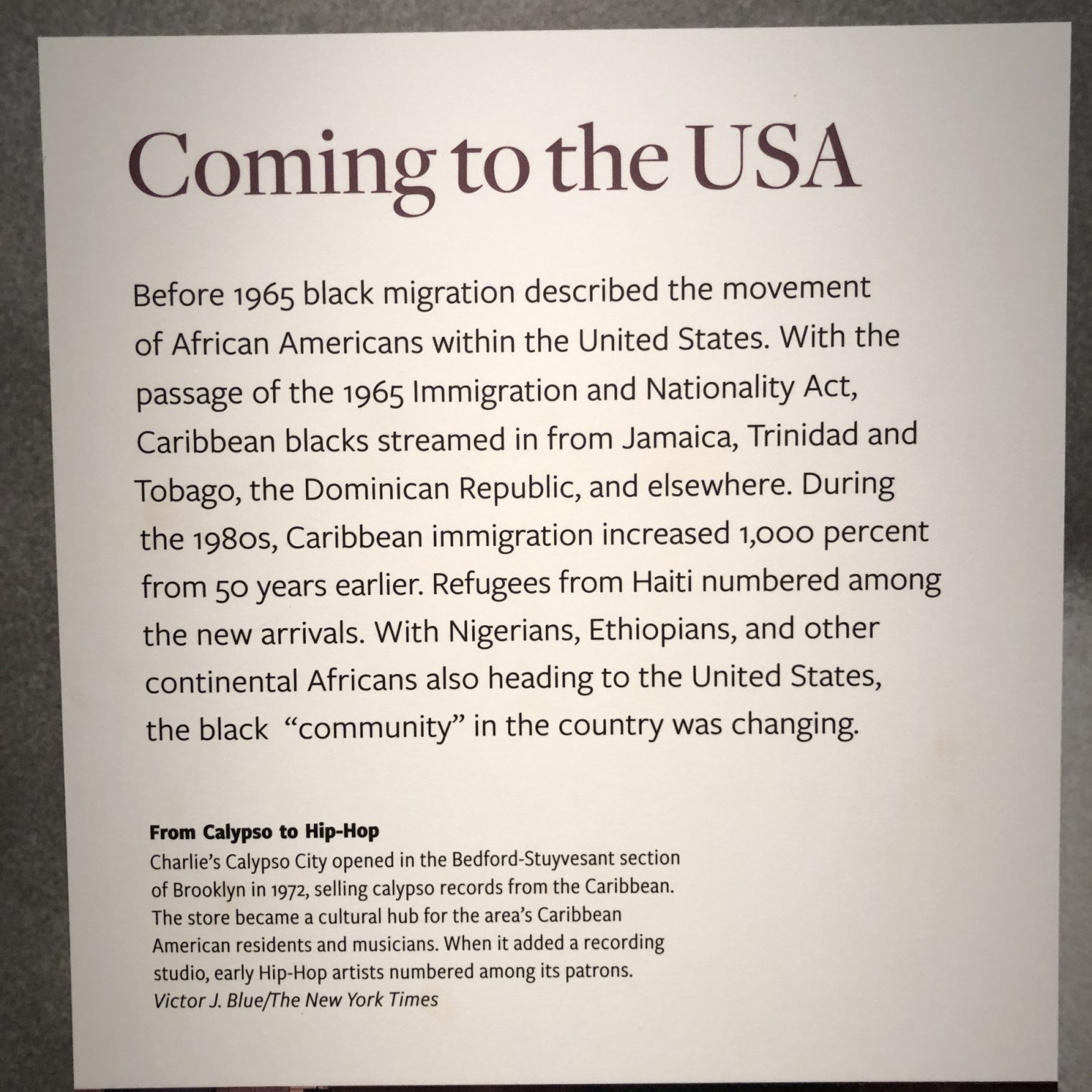
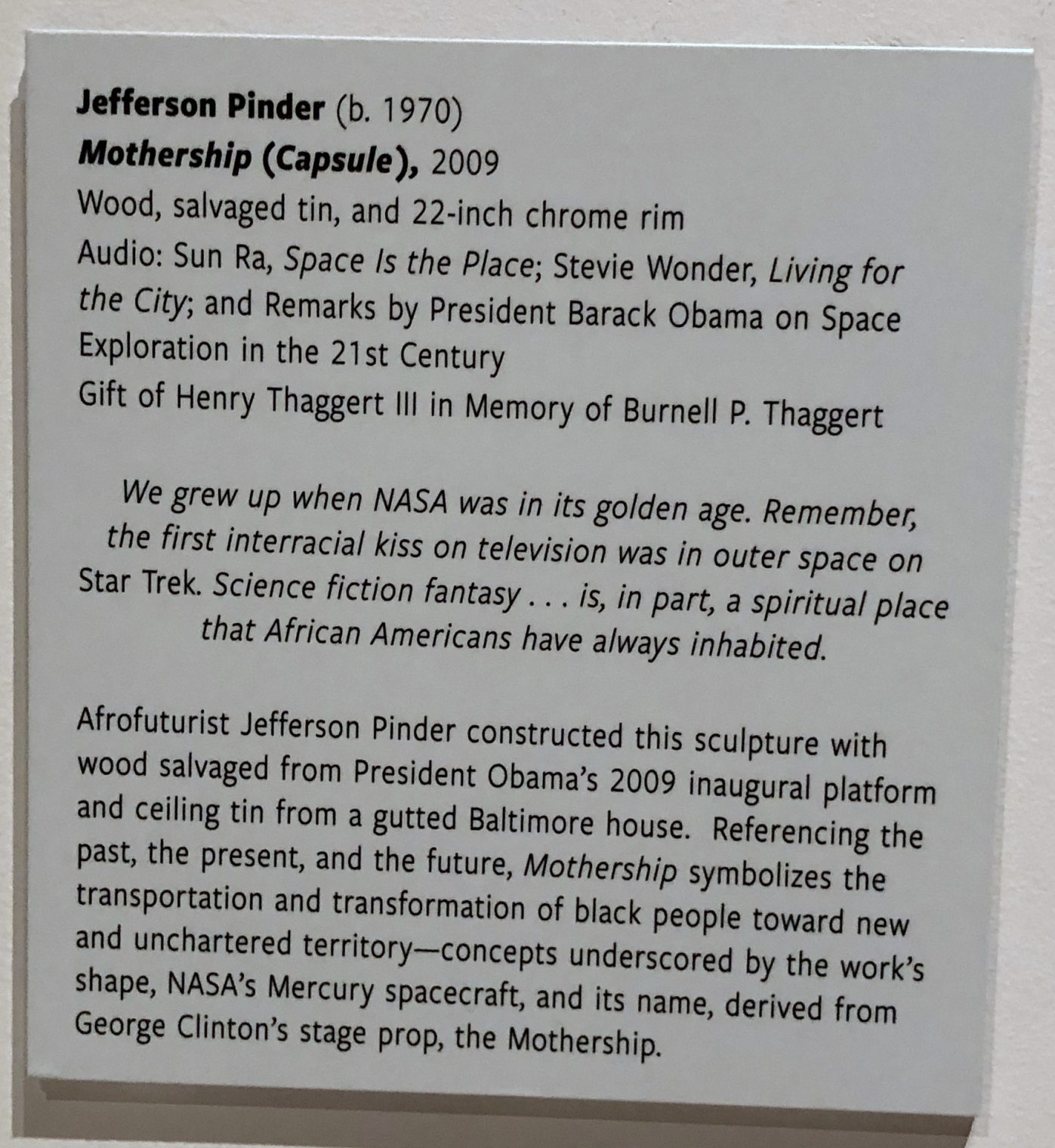
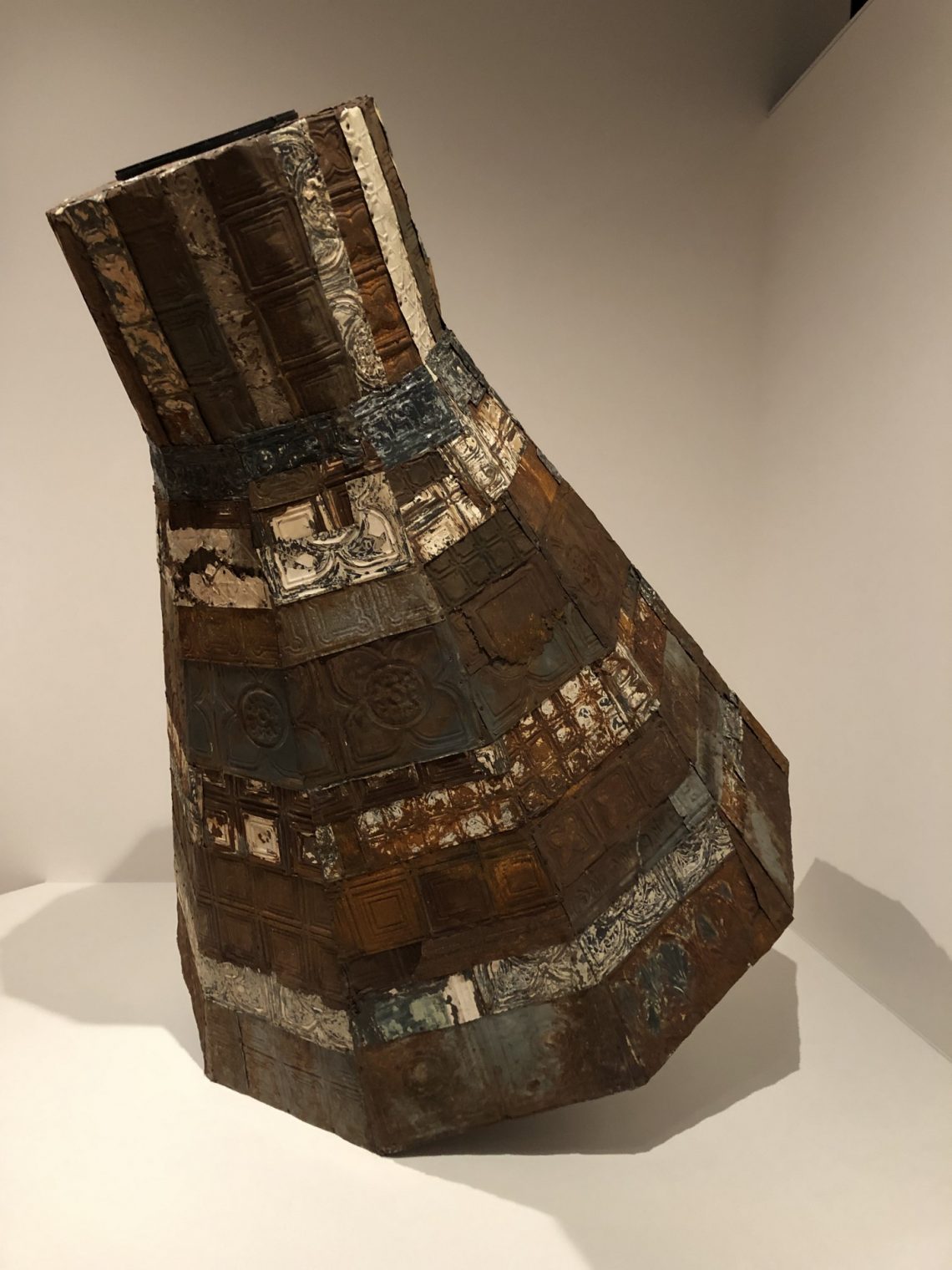
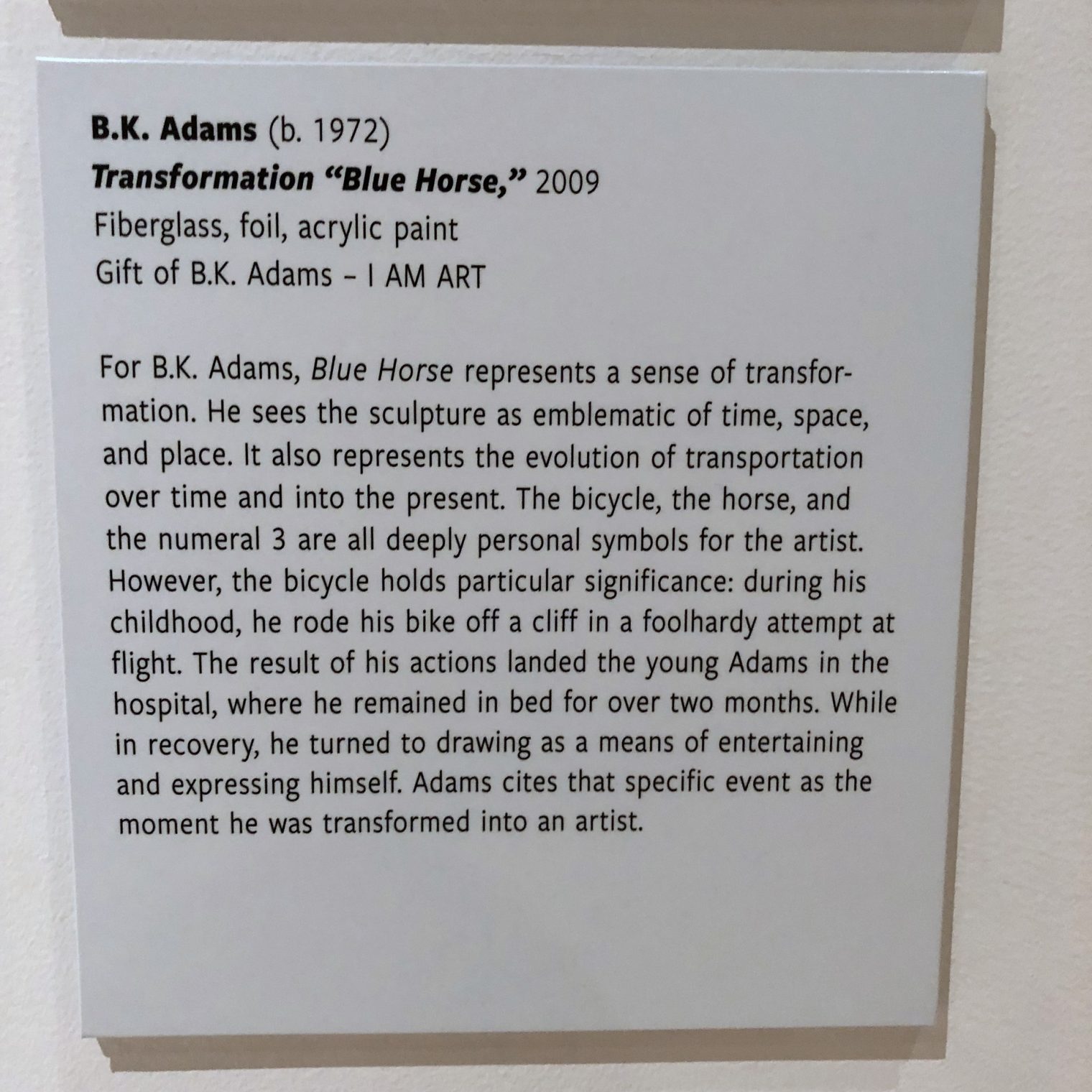
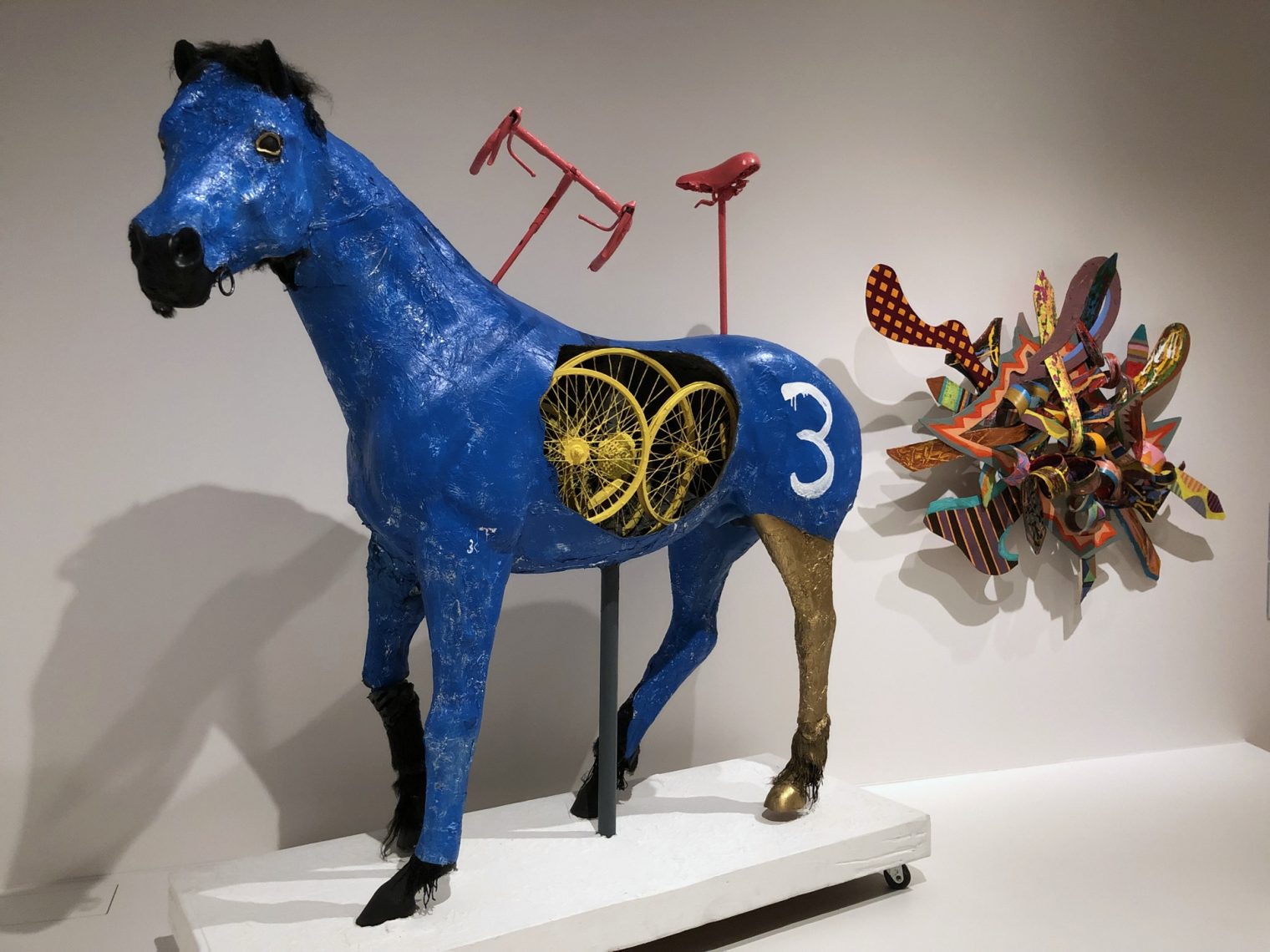

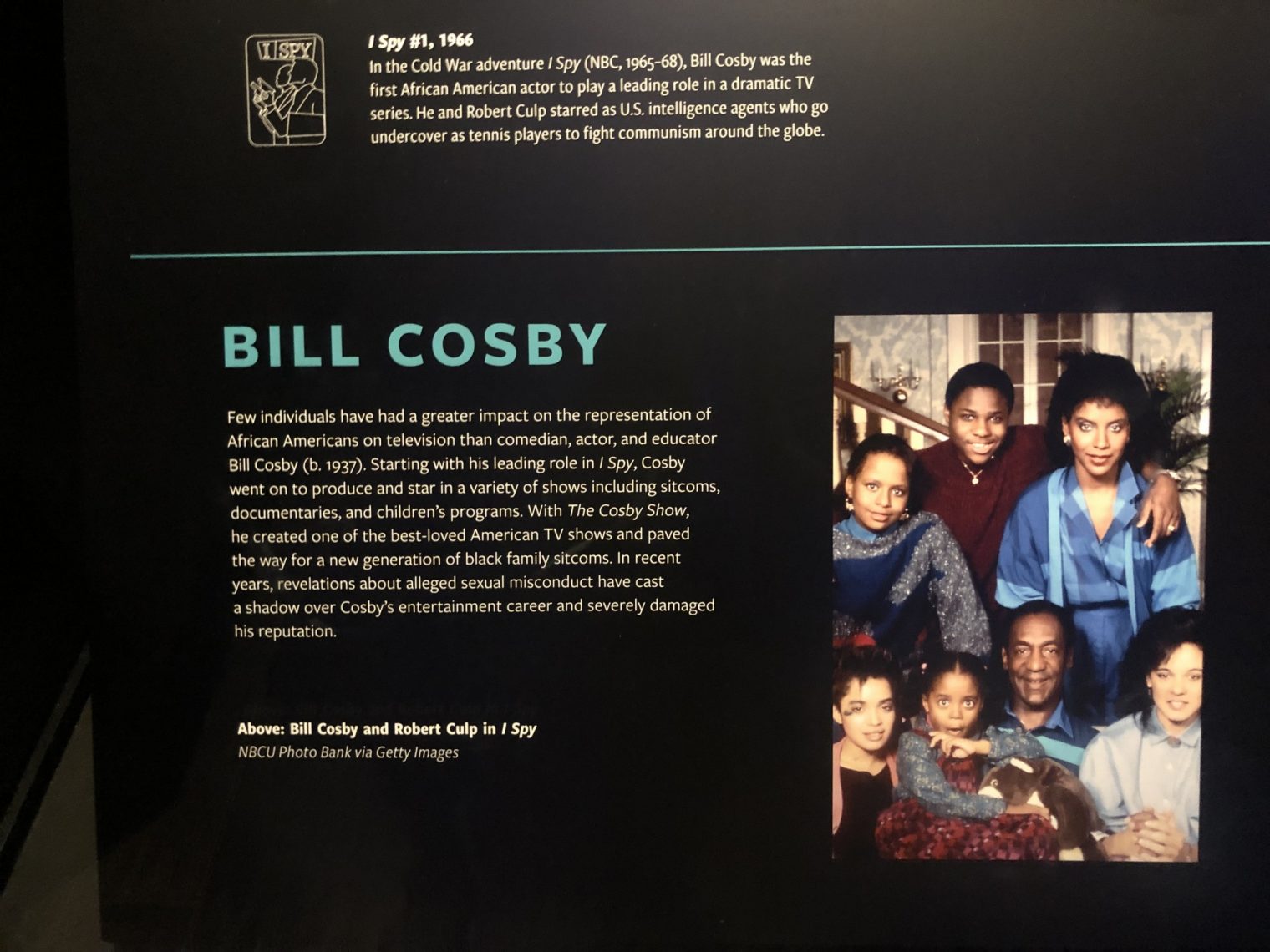
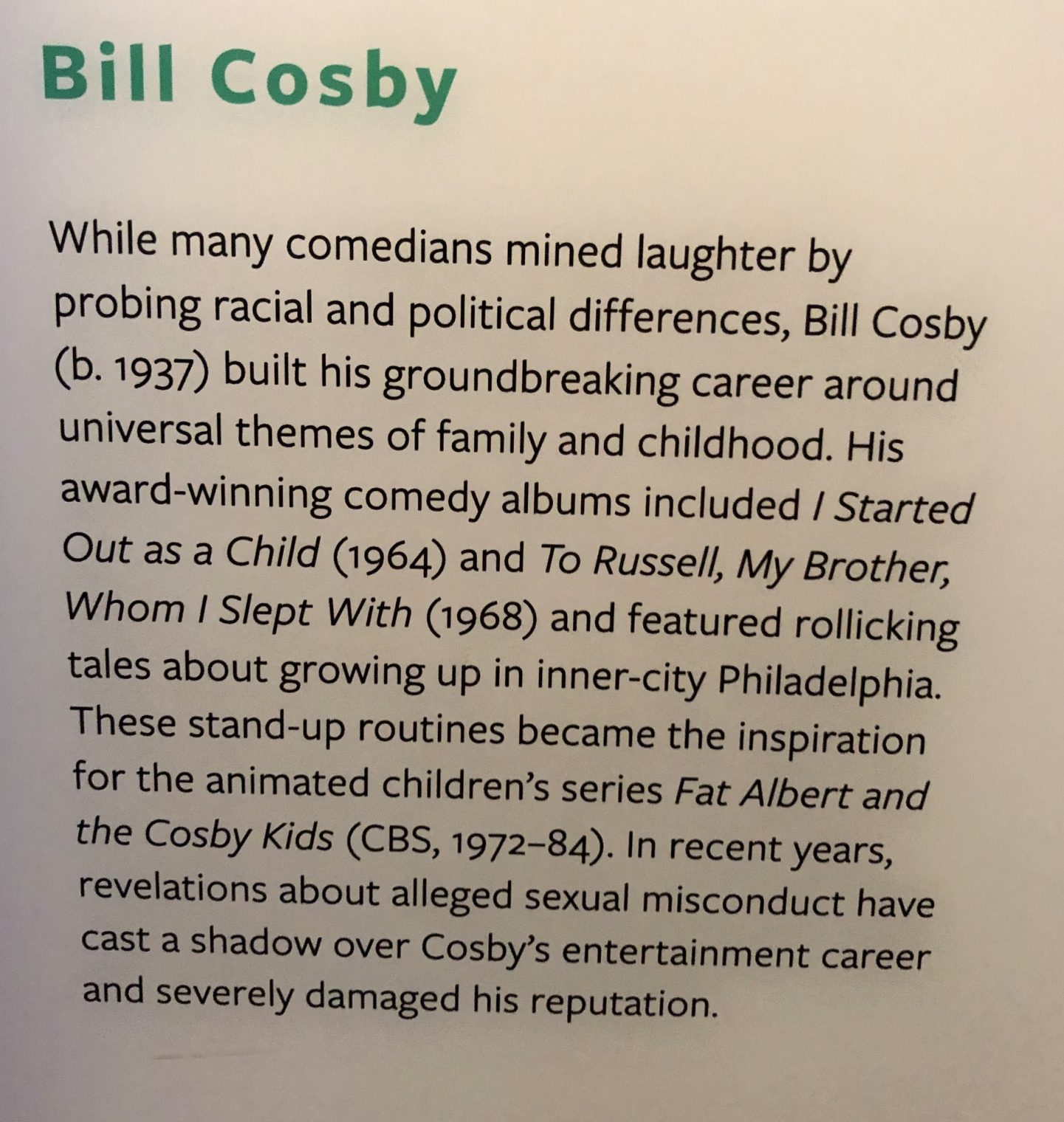
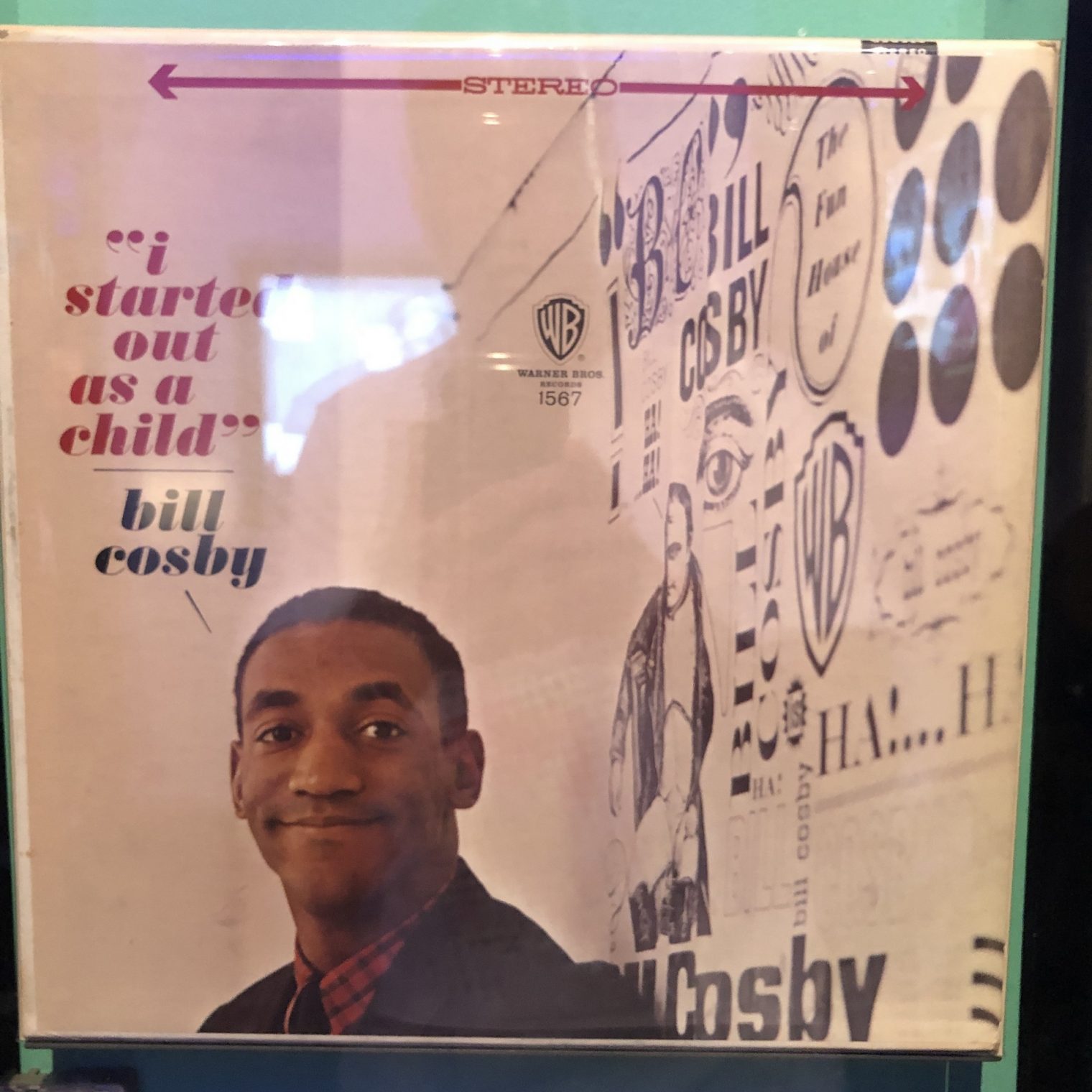
I was so disappointed when I went to the amerind museum on the mall some years back. I know a fair bit about certain tribes in specific places: their technologies, what they ate, how their interactions with the whites panned out. I thought I’d actually learn stuff along those lines. Instead it was totally moronic. The plaques were all roughly: “These were a deeply spiritual people who respected the spirit of the earth.” It was obviously a jobs works program and not about real scholarship or education.
I automatically assumed the African American museum was the same thing when I heard about it some years ago.
Which is a real shame because understanding in a serious way how both these groups (amerinds and blacks) created modern America is totally worthy of good museums and scholarship.
Maybe part of the problem is that the subjects of the museums aren’t actually “groups” except in the eyes of white people who see others first in terms of their skin color. https://en.wikipedia.org/wiki/Chief_Seattle never asked to be lumped together with https://en.wikipedia.org/wiki/Black_Elk or https://en.wikipedia.org/wiki/Dragging_Canoe
We can all agree, I think, that it wouldn’t make sense to make a “Museum of White People”. We would say that a white football quarterback doesn’t have anything in common with a white opera singer other than skin color, which is irrelevant to their respective achievements. Yet at the African American museum there is a section on sports stars right next to a section on performing arts stars.
The amerind museum breaks down different tribes and regions. It doesn’t mindlessly lump peoples together. It’s just really dumb in every case.
I disagree that “white people” isn’t a thing. A “museum of white heritage” will be perfectly sensible in the white minority country of 2065. “Whites” are clearly a group, just like amerinds and blacks are groups. This isn’t a complicated concept. Races are like large extended families.
How was the chicken?